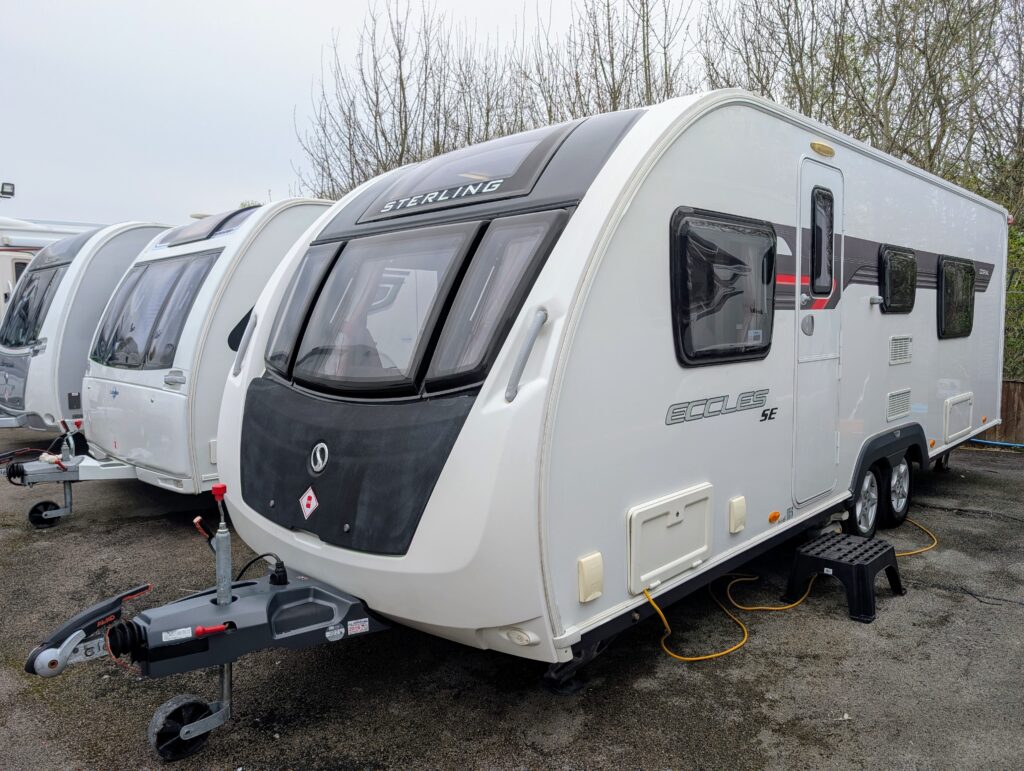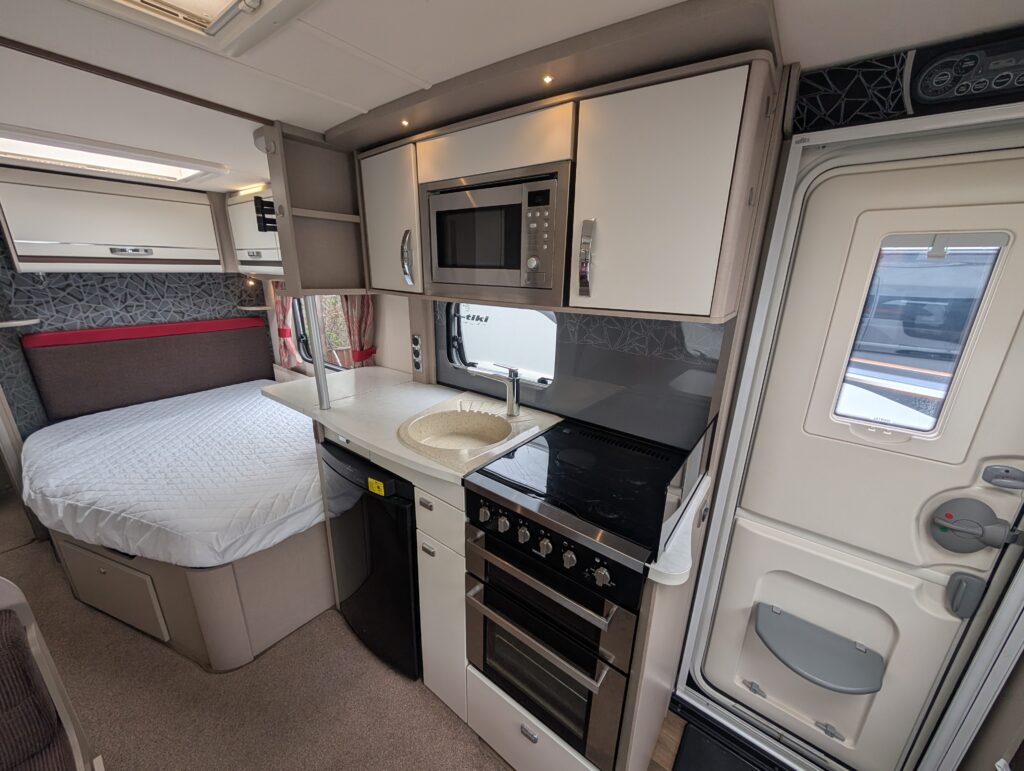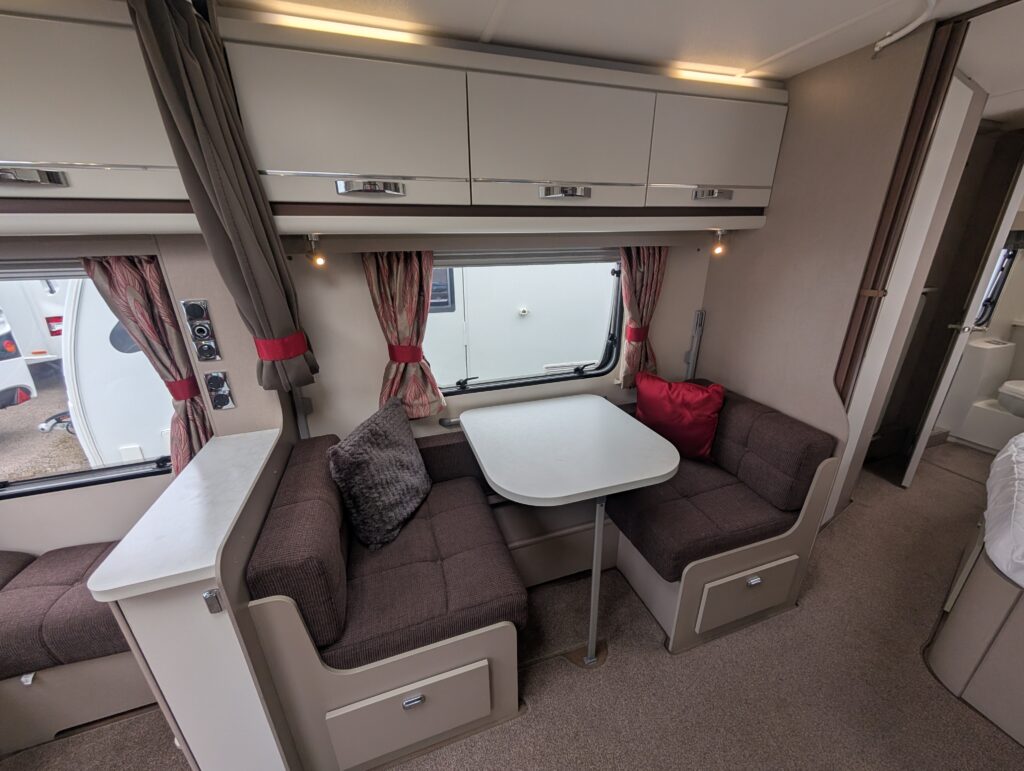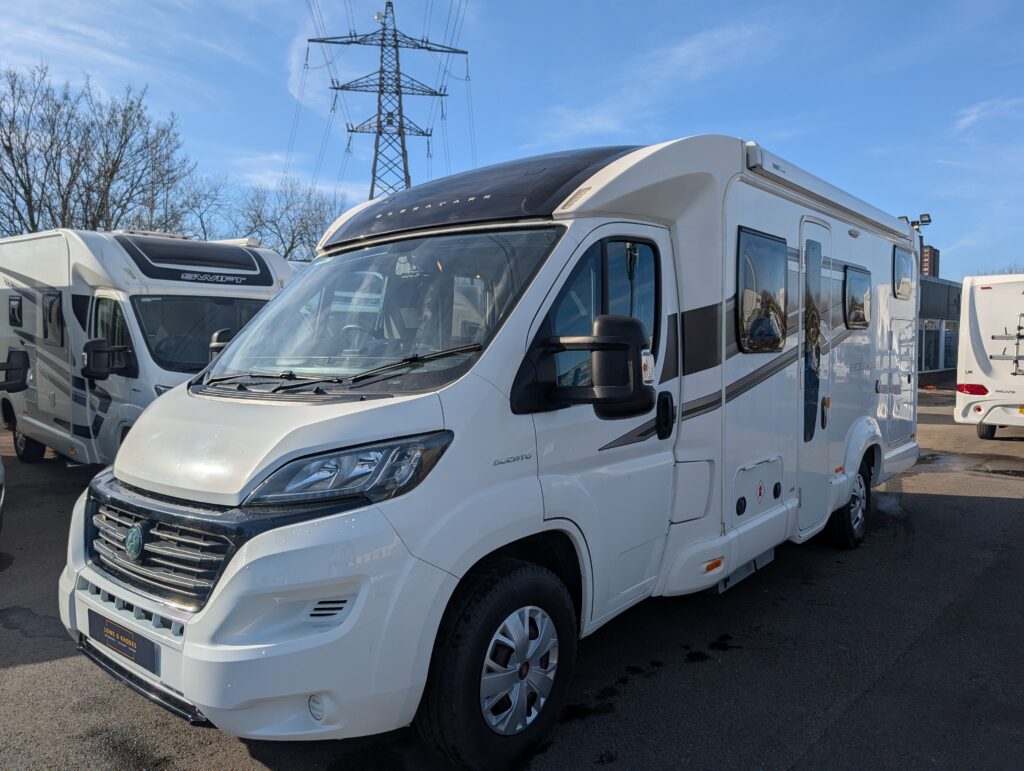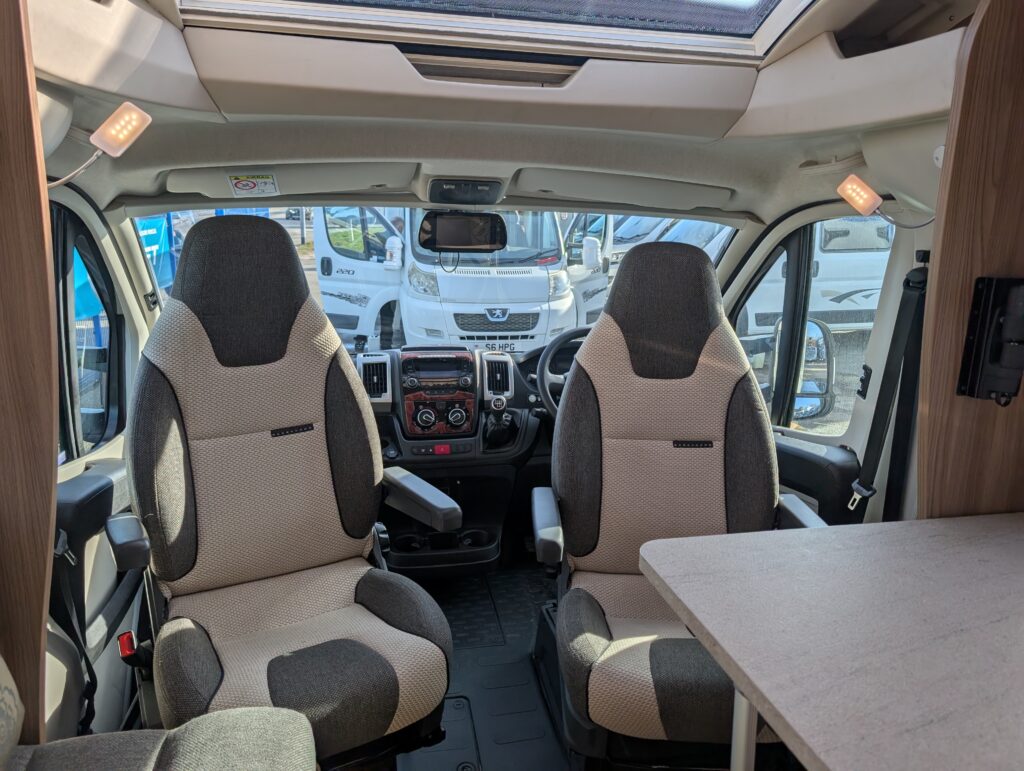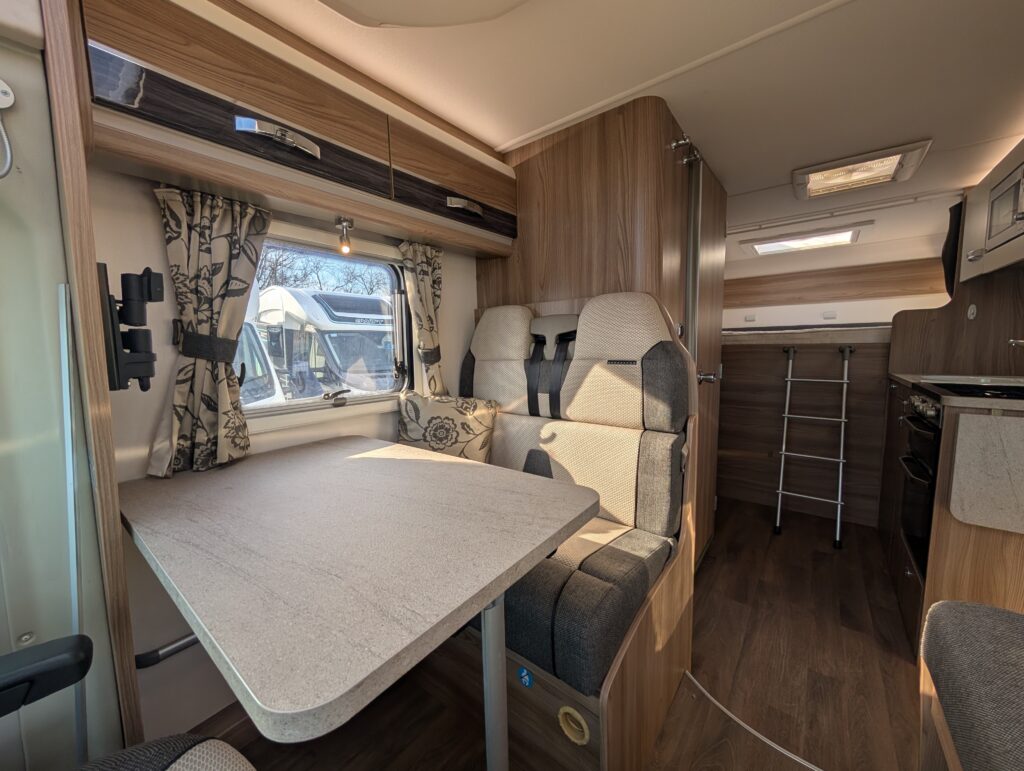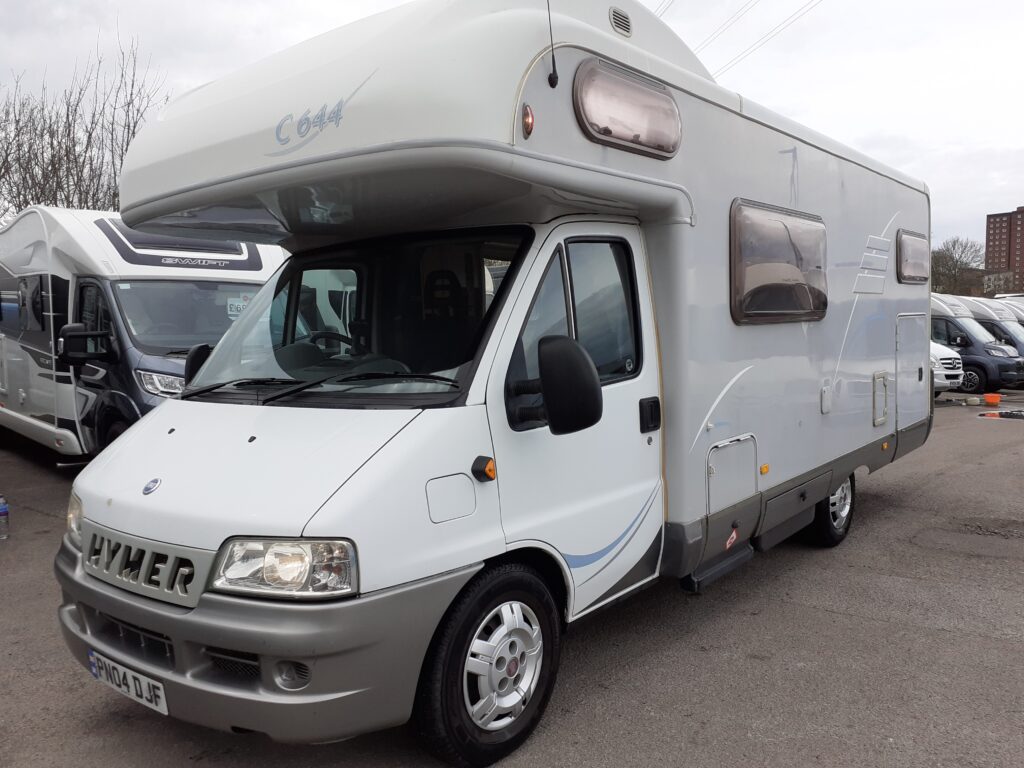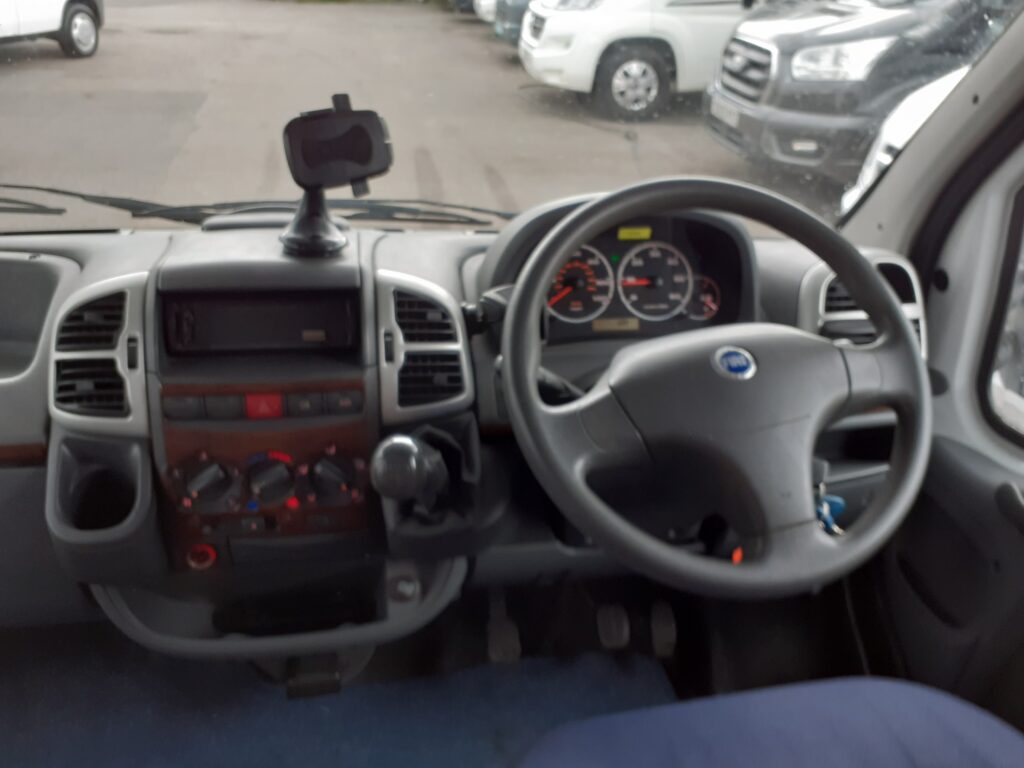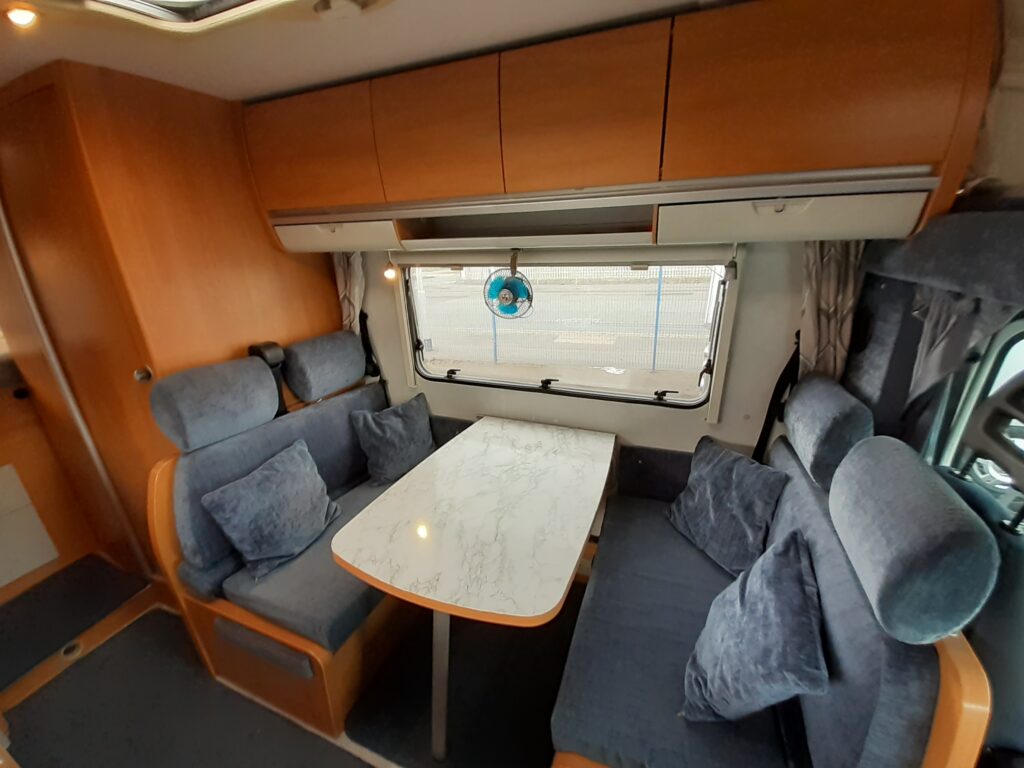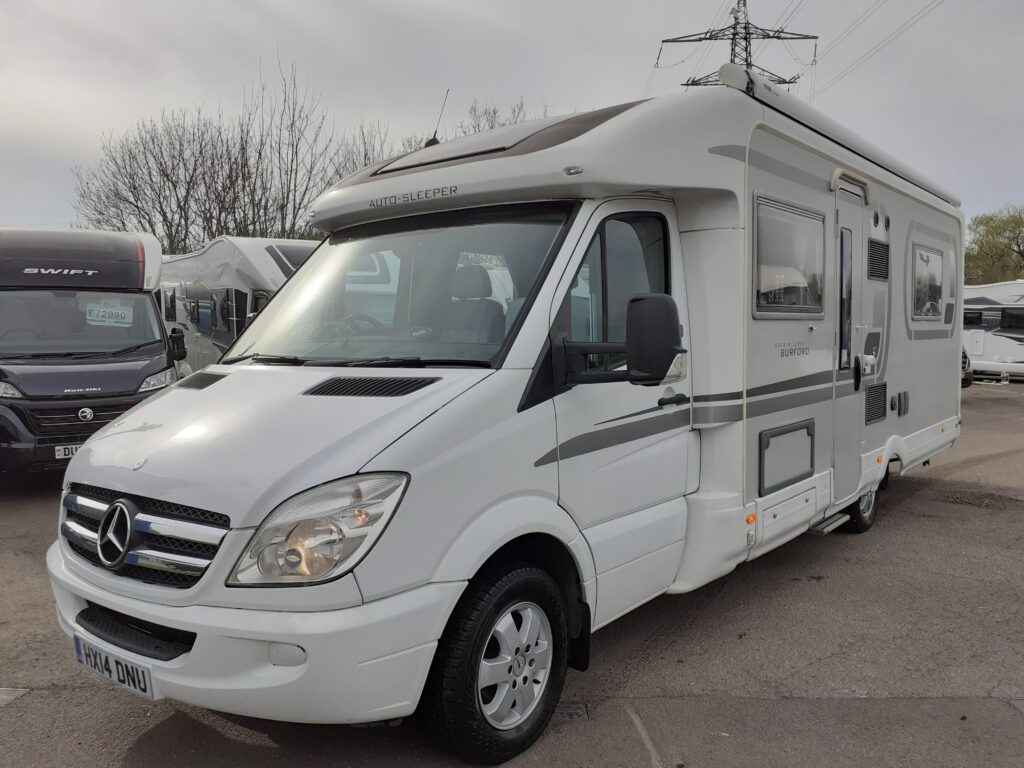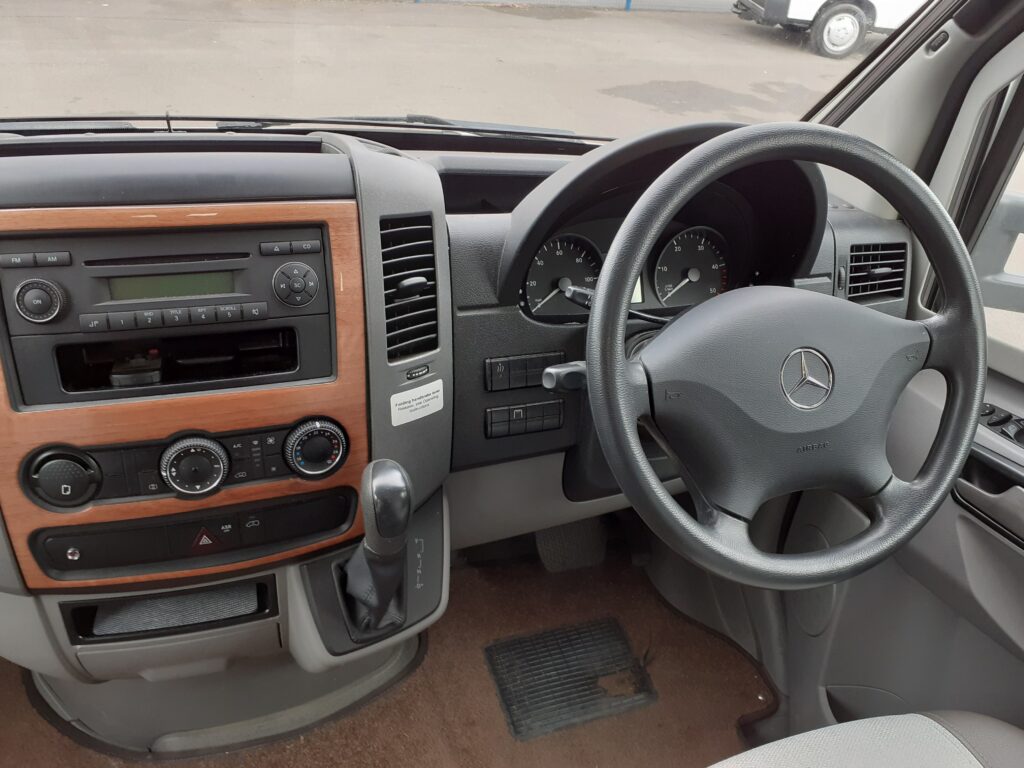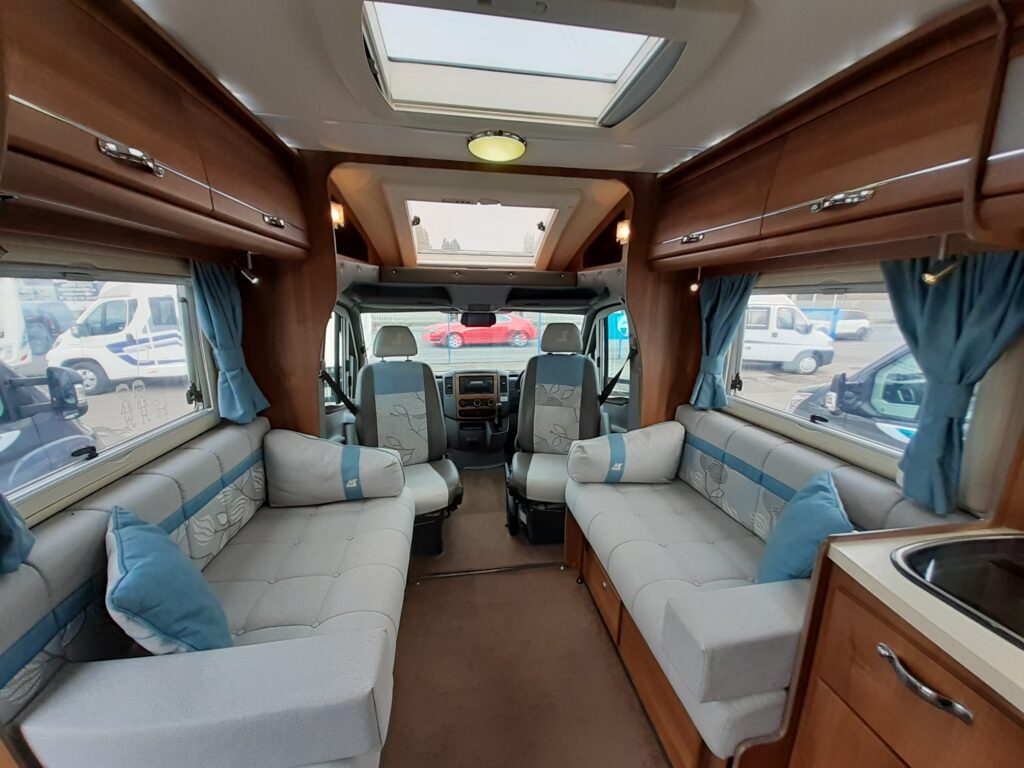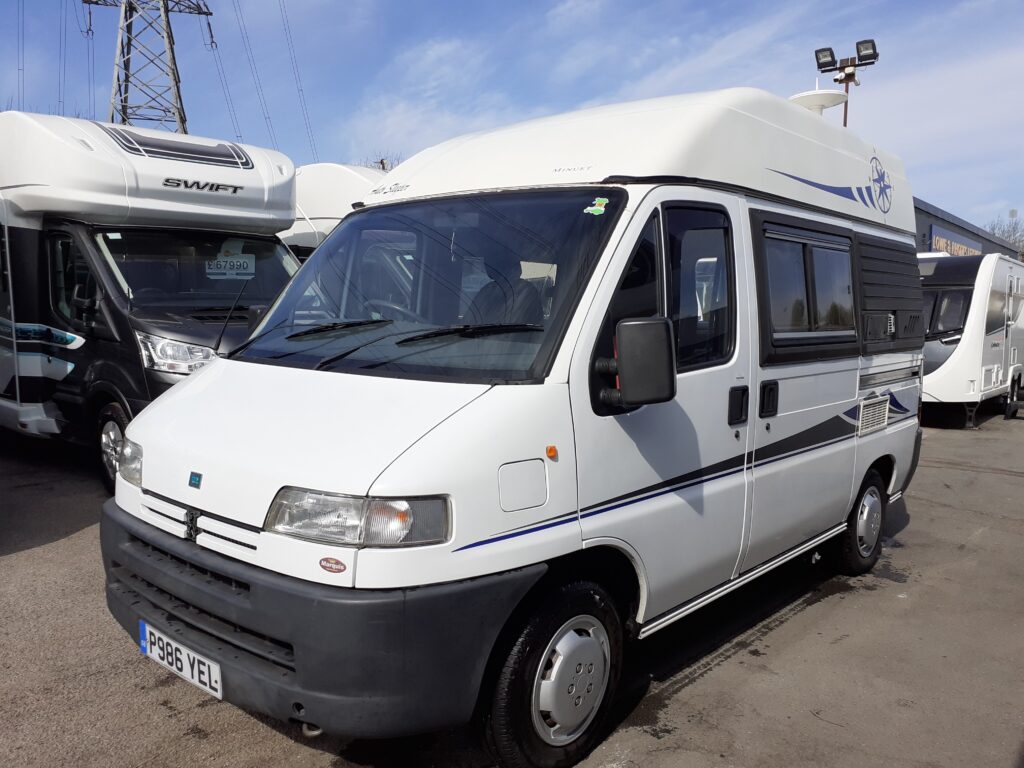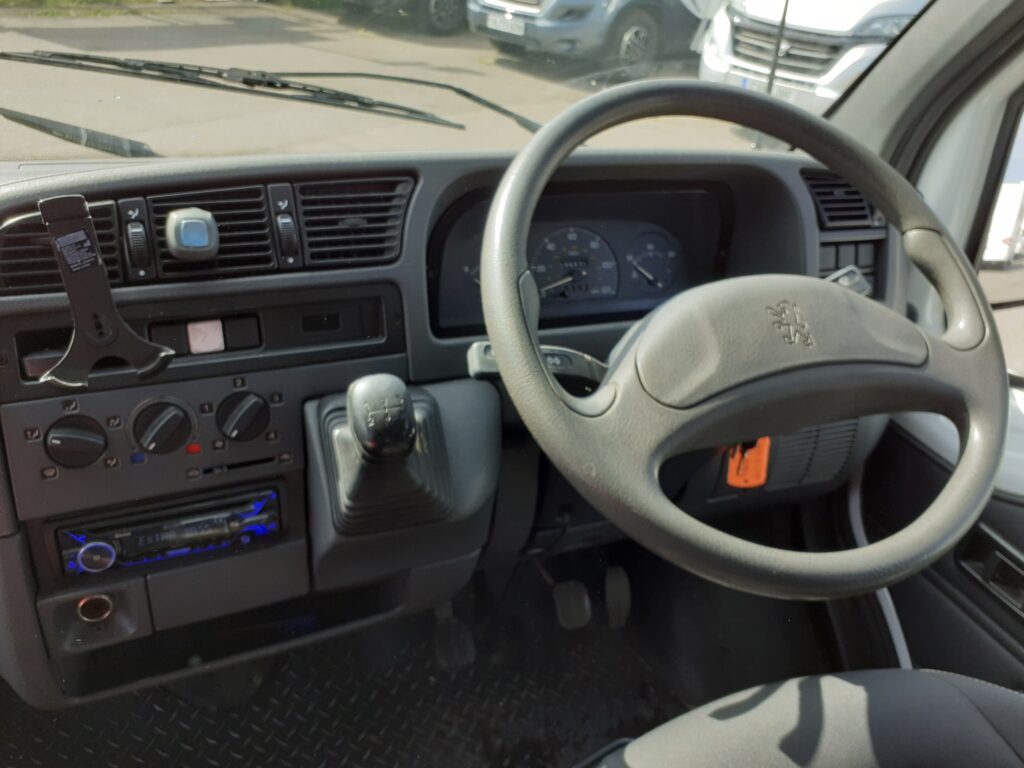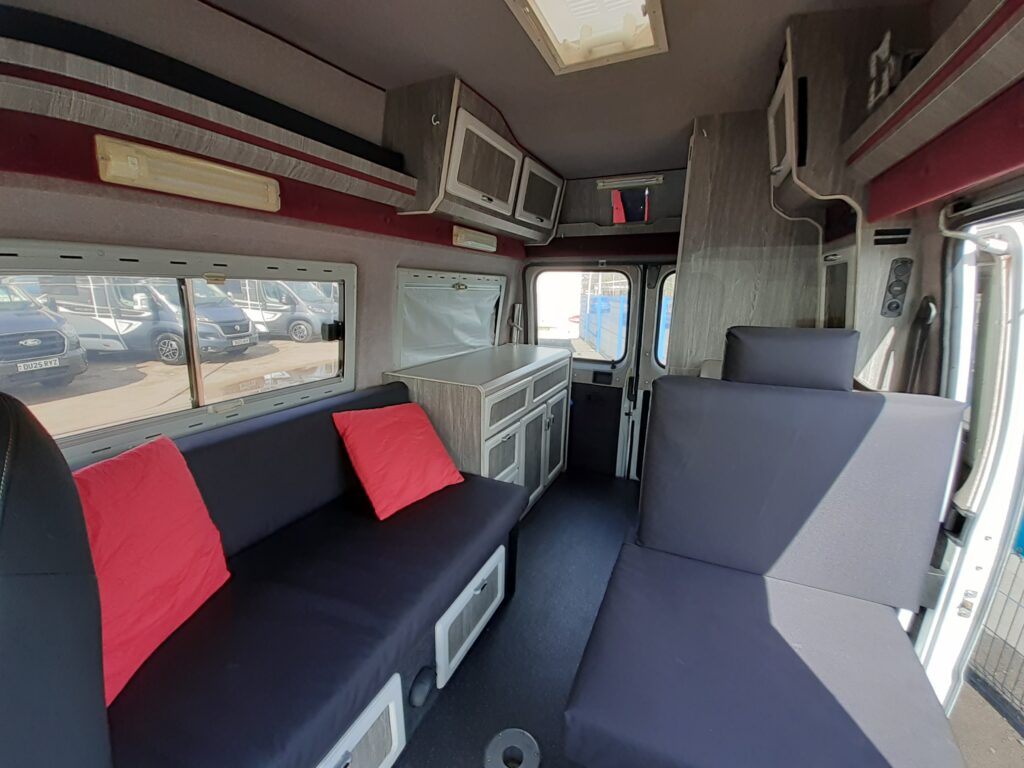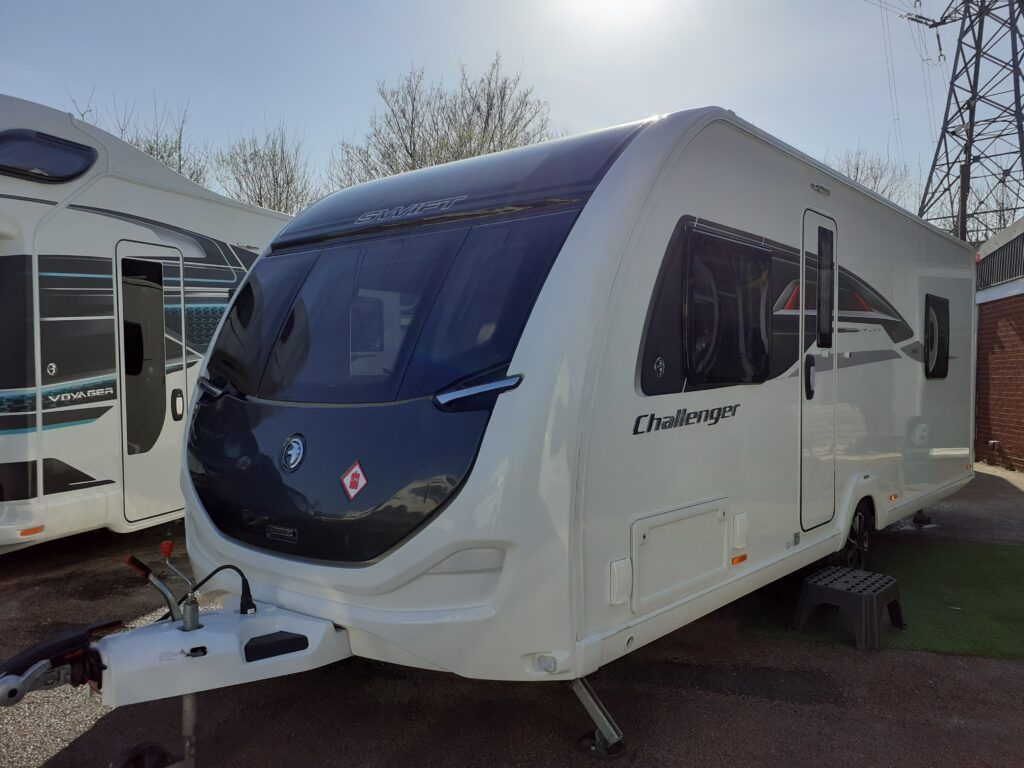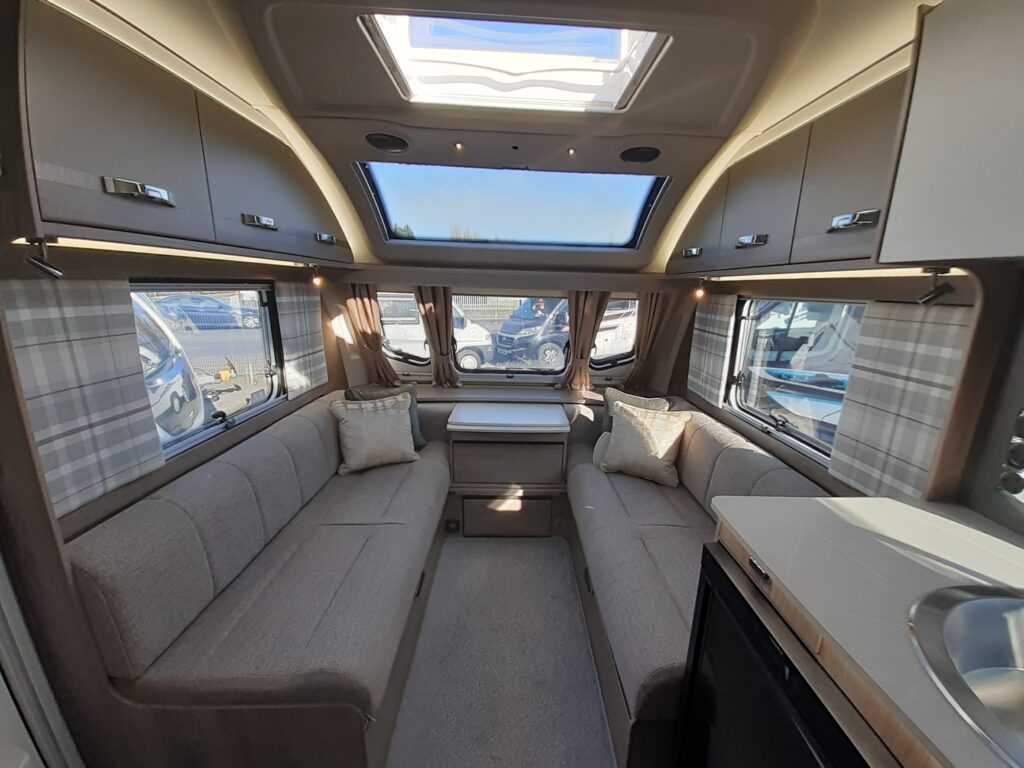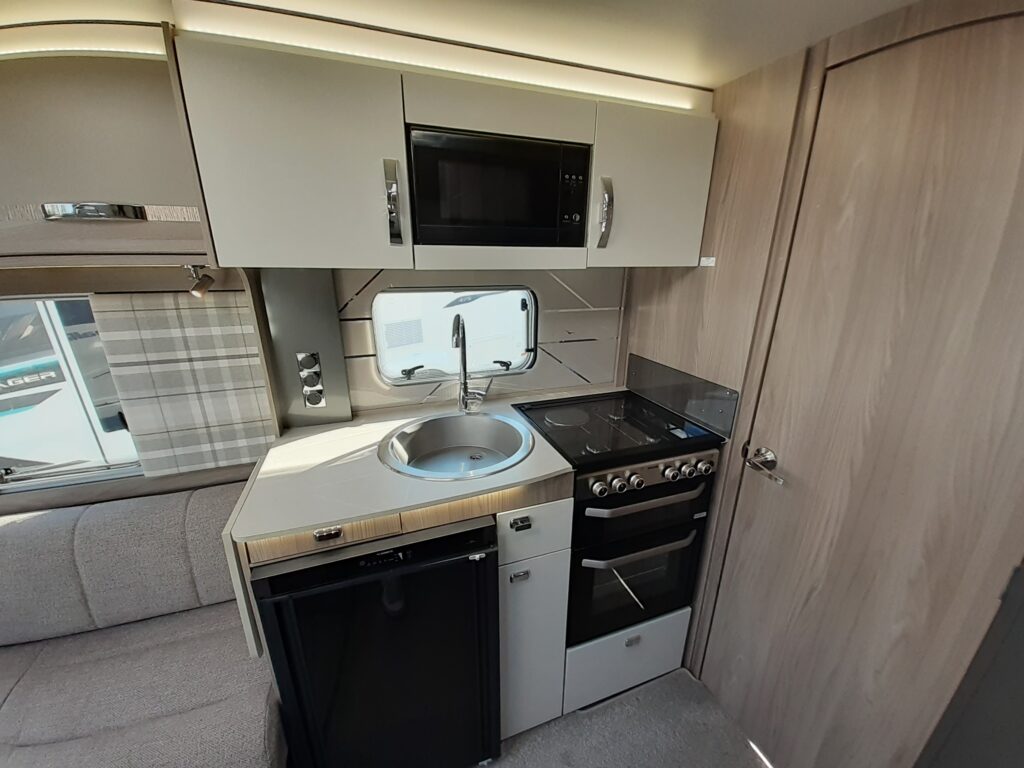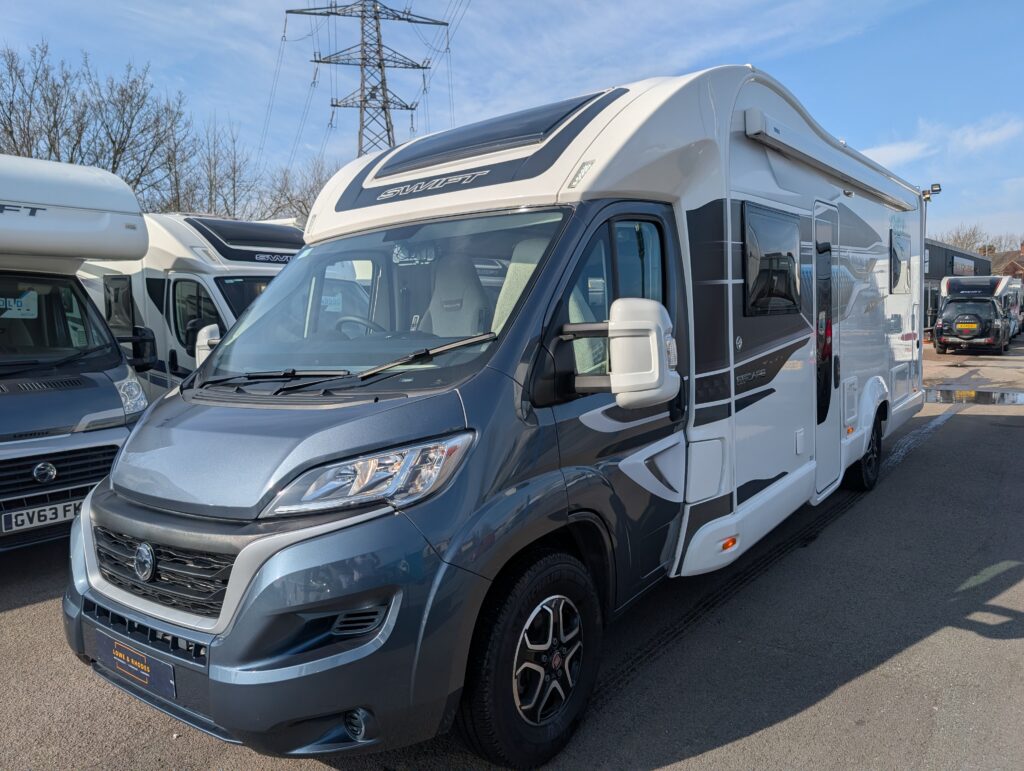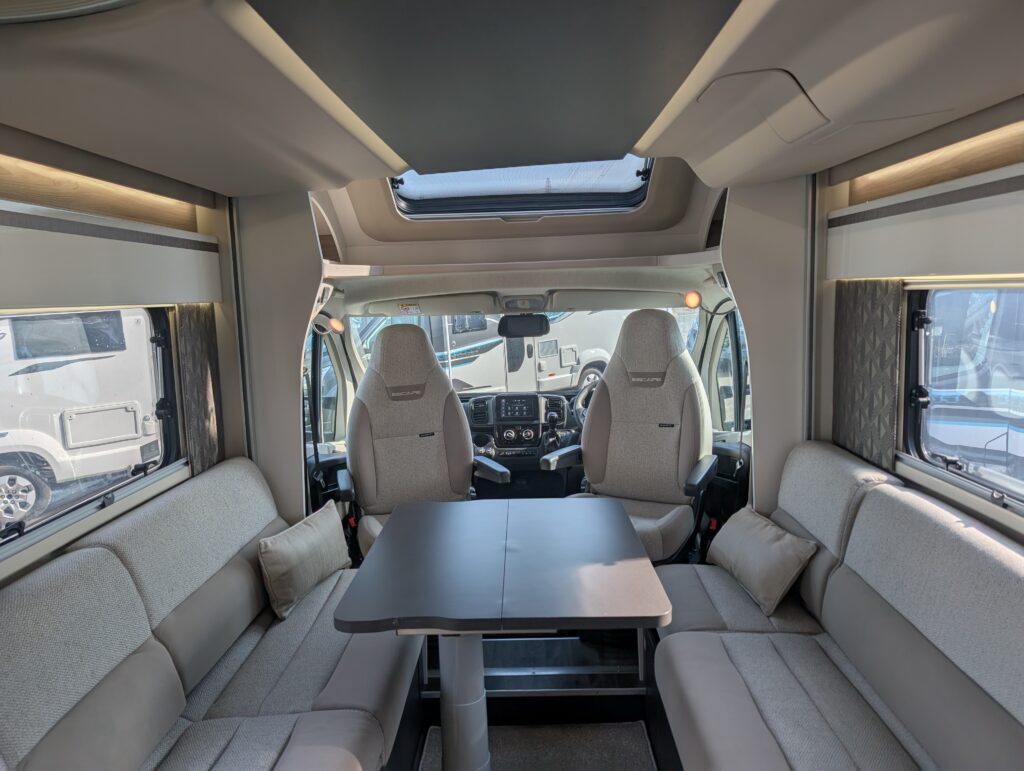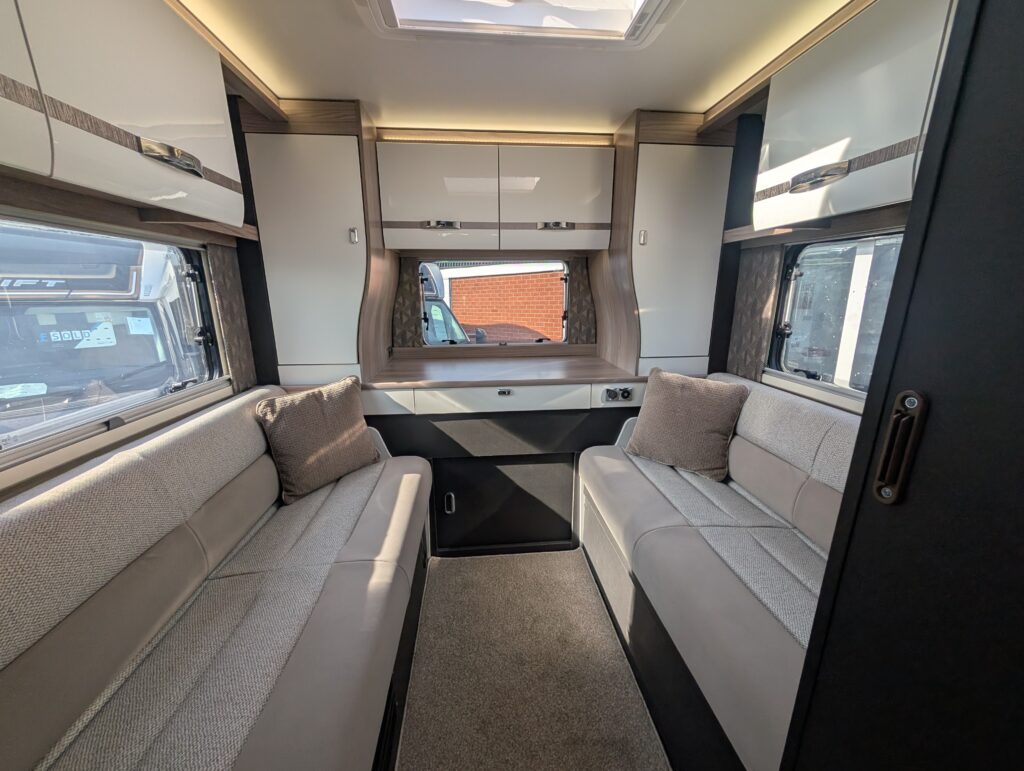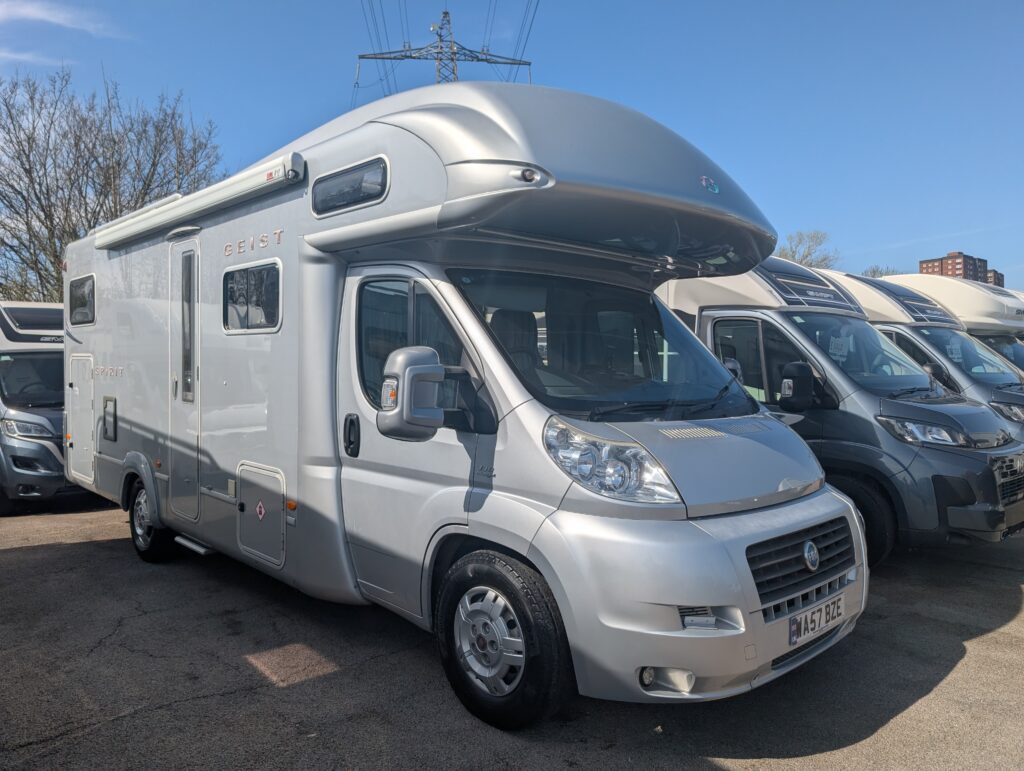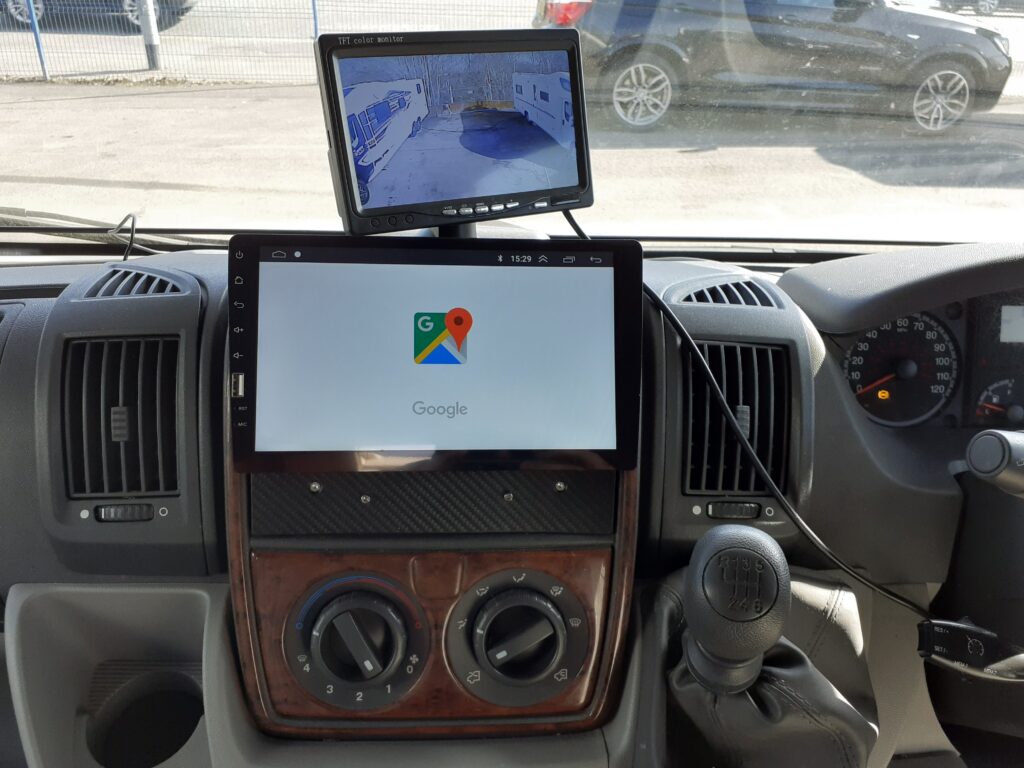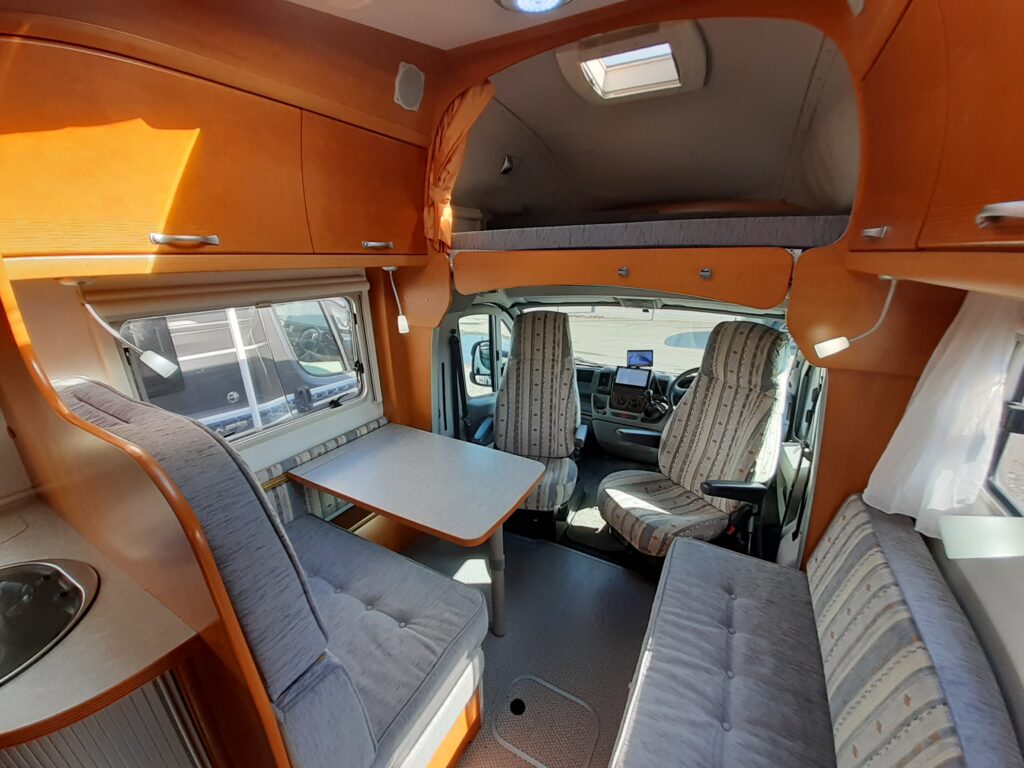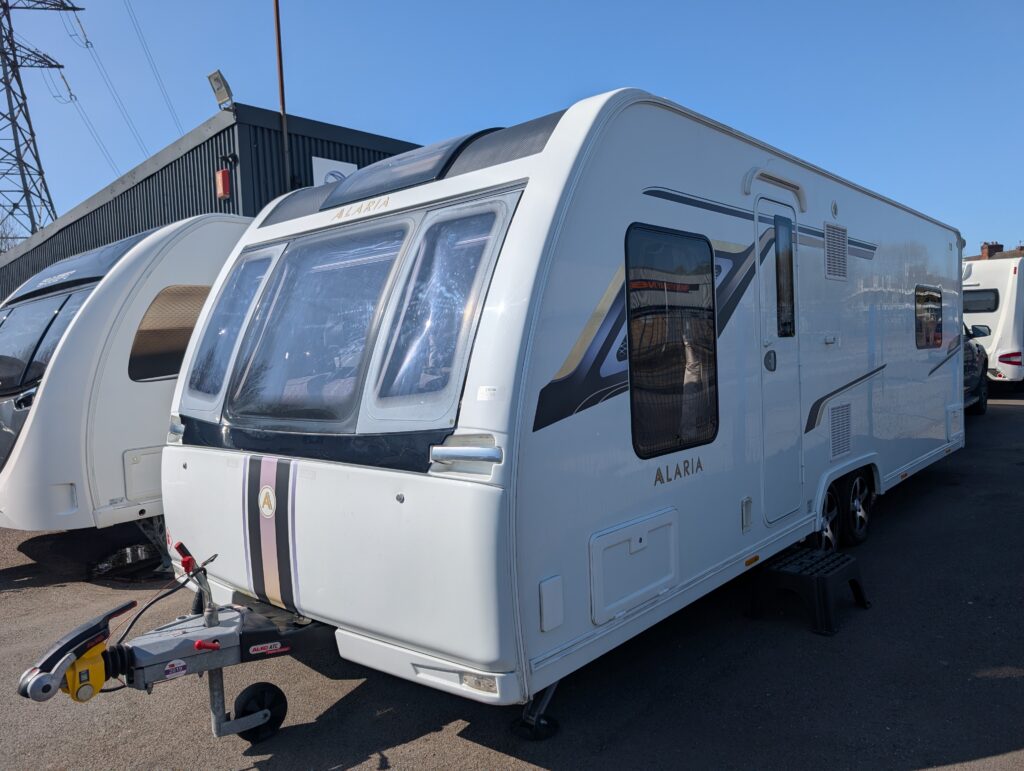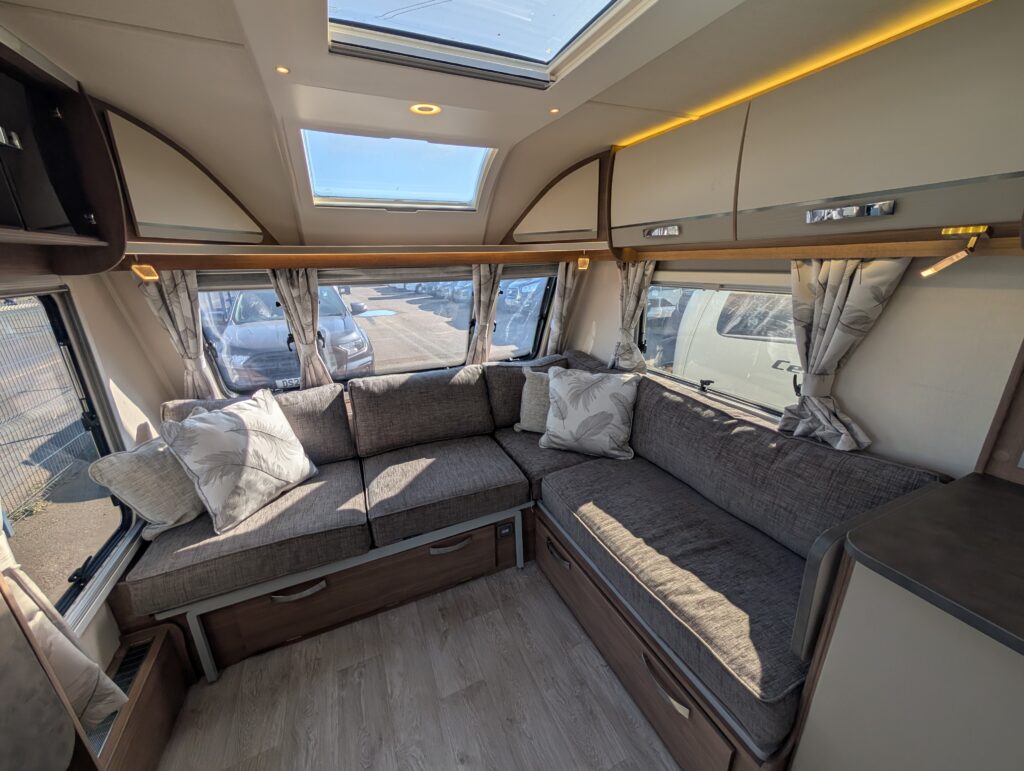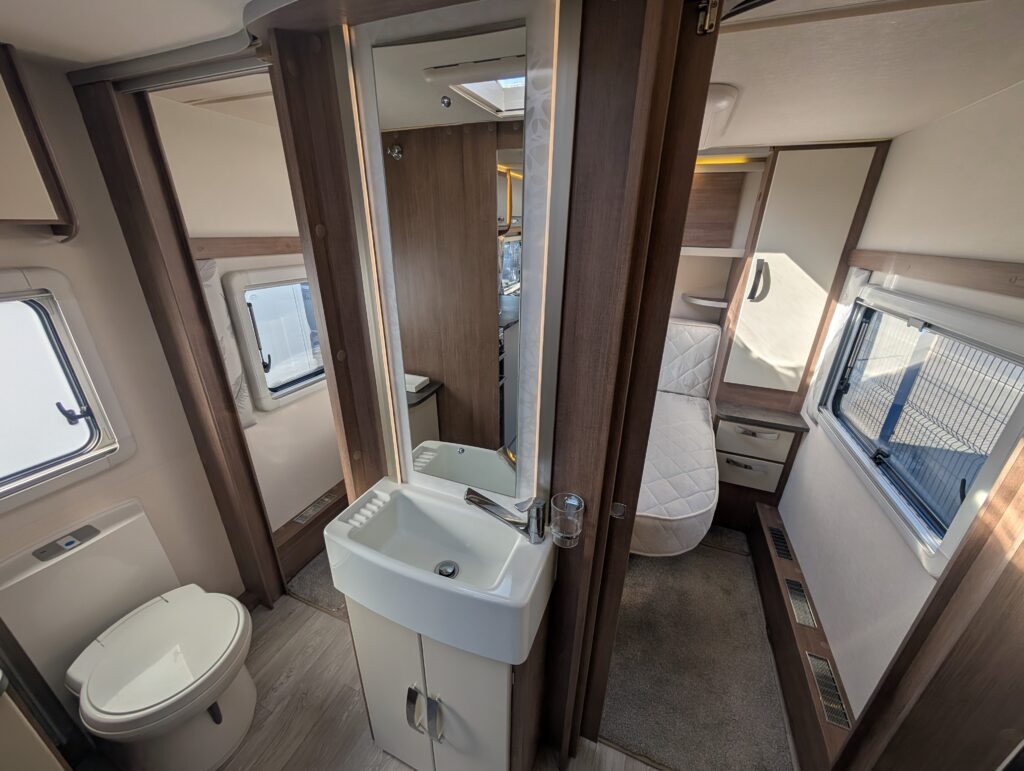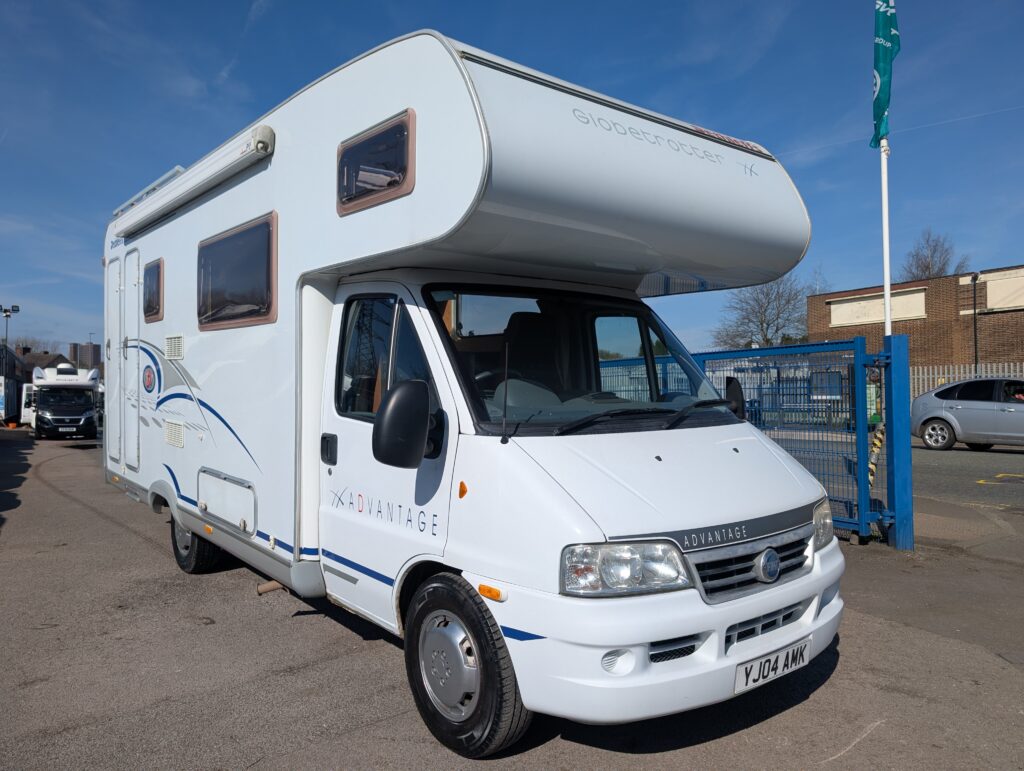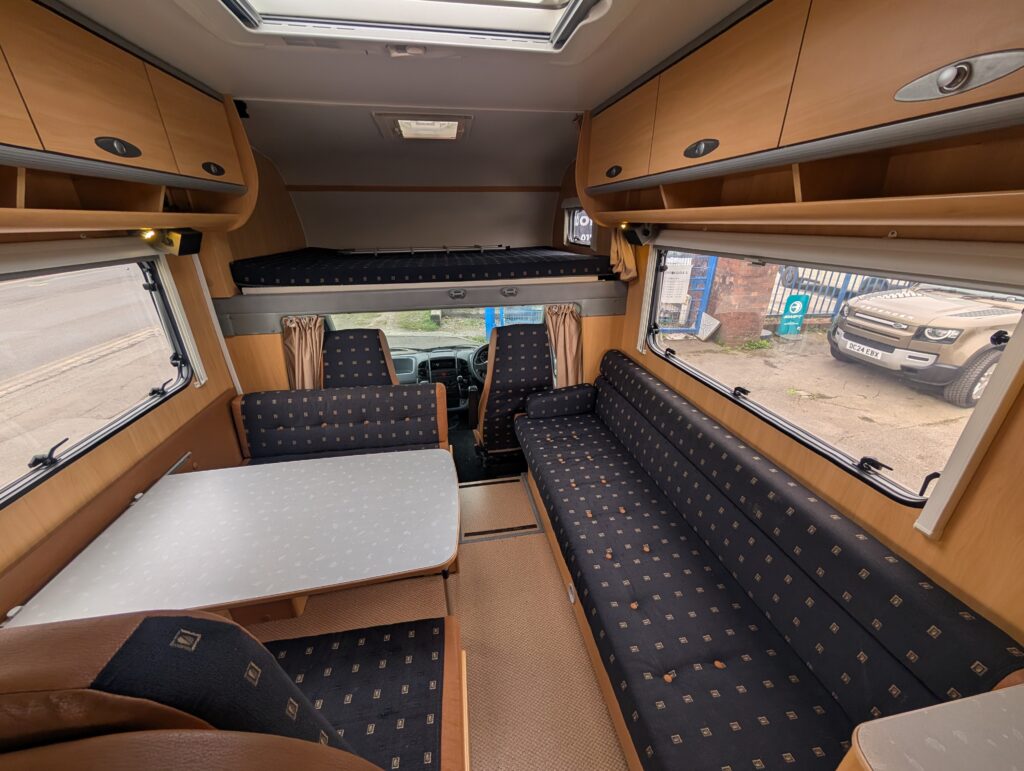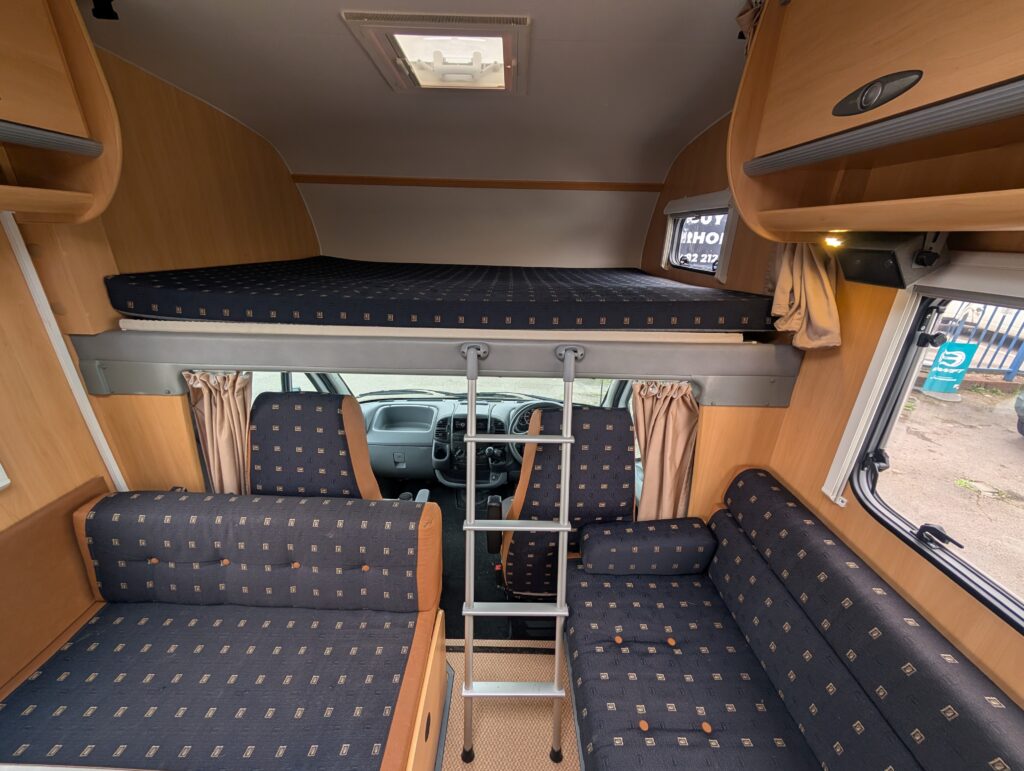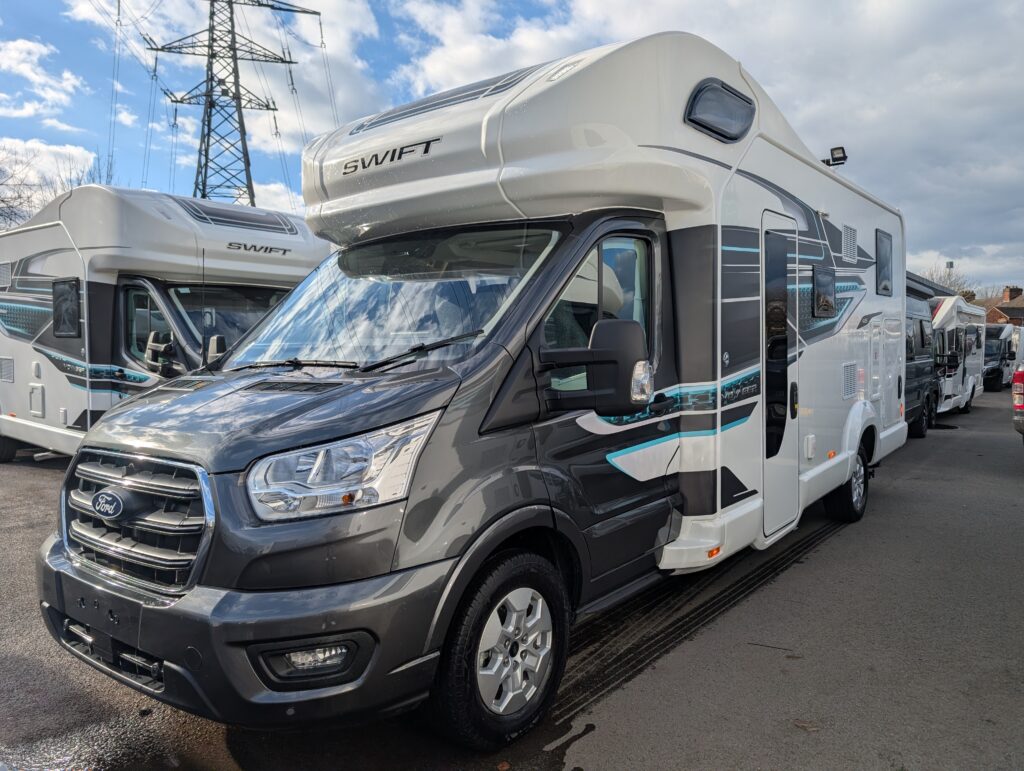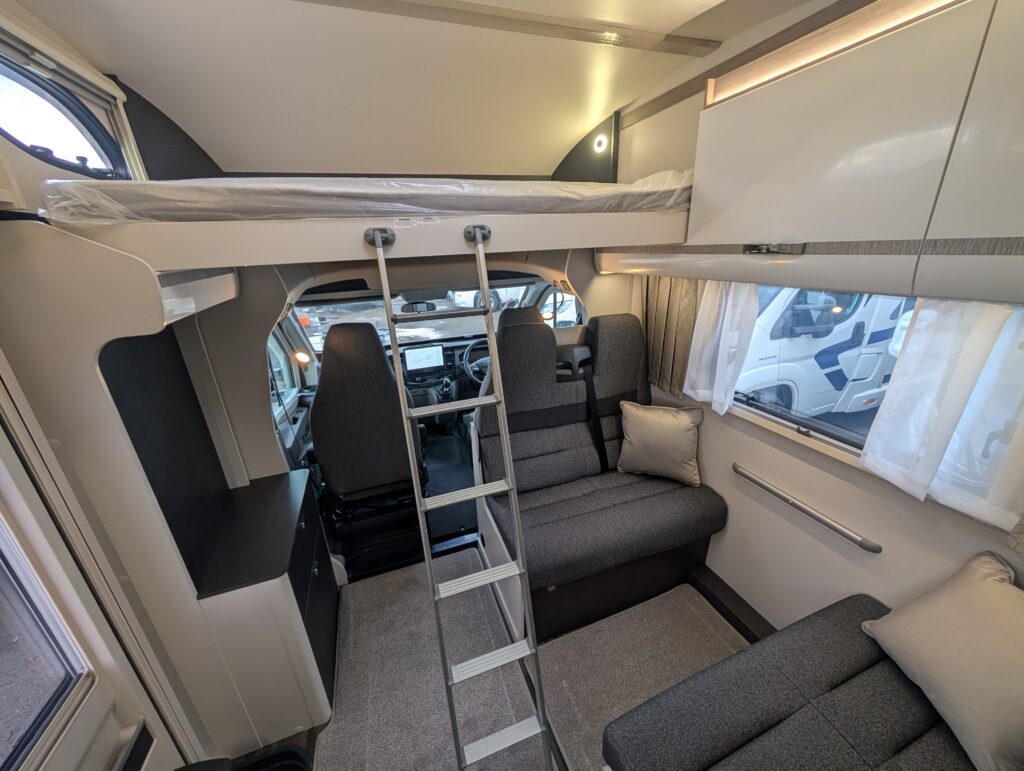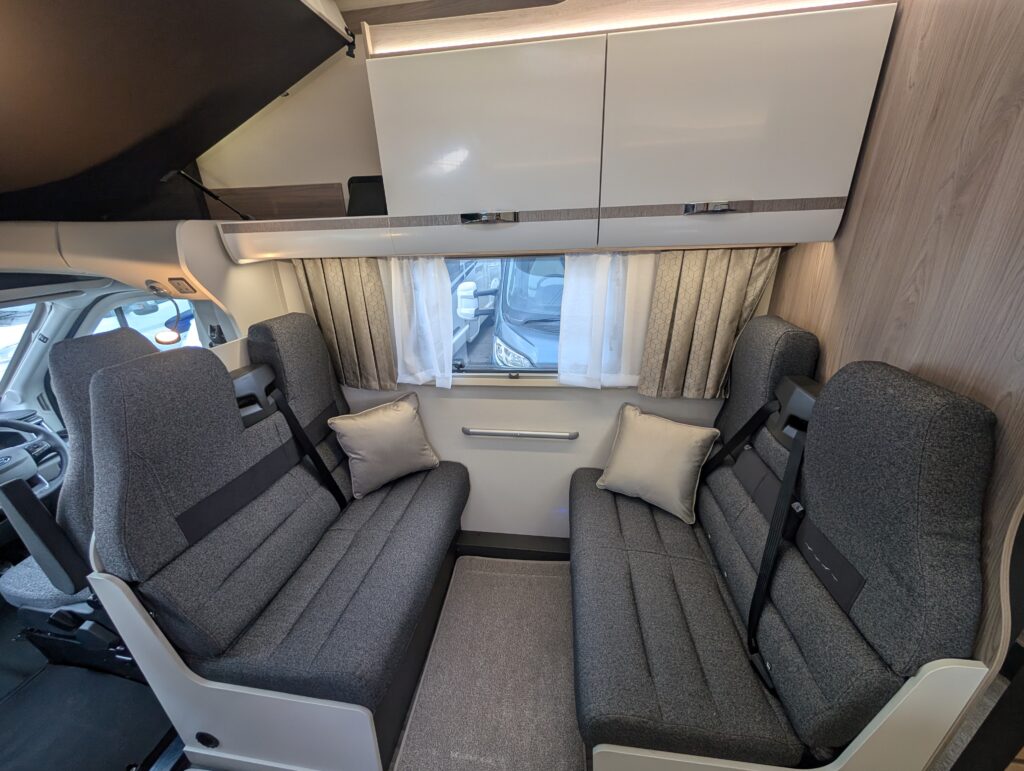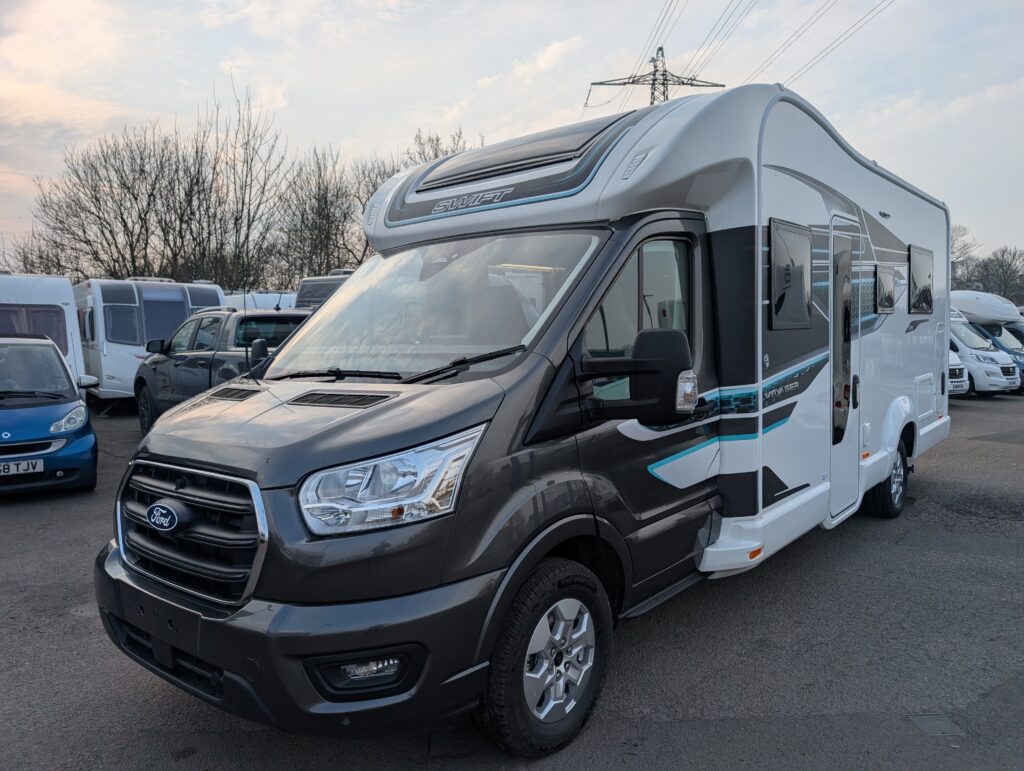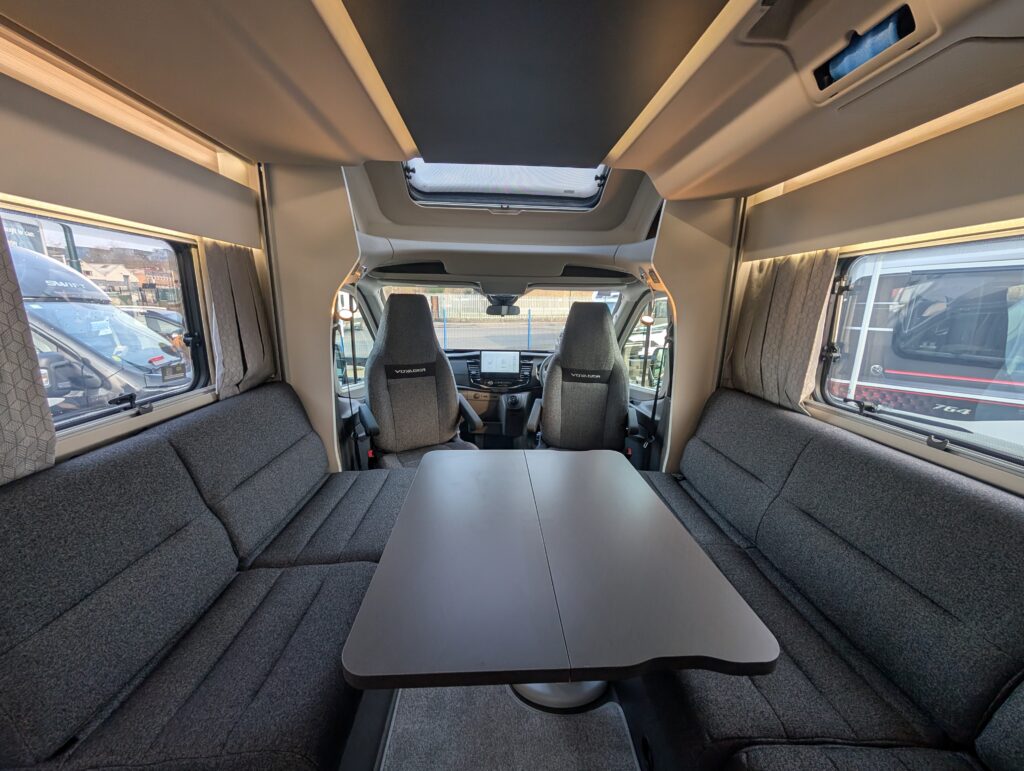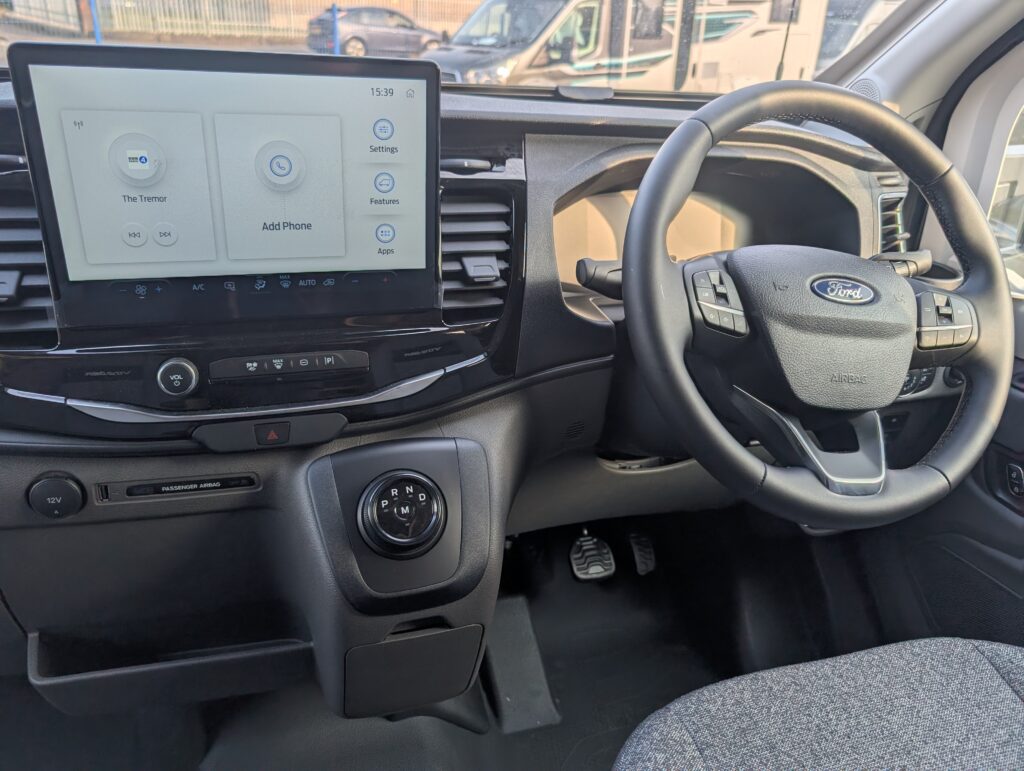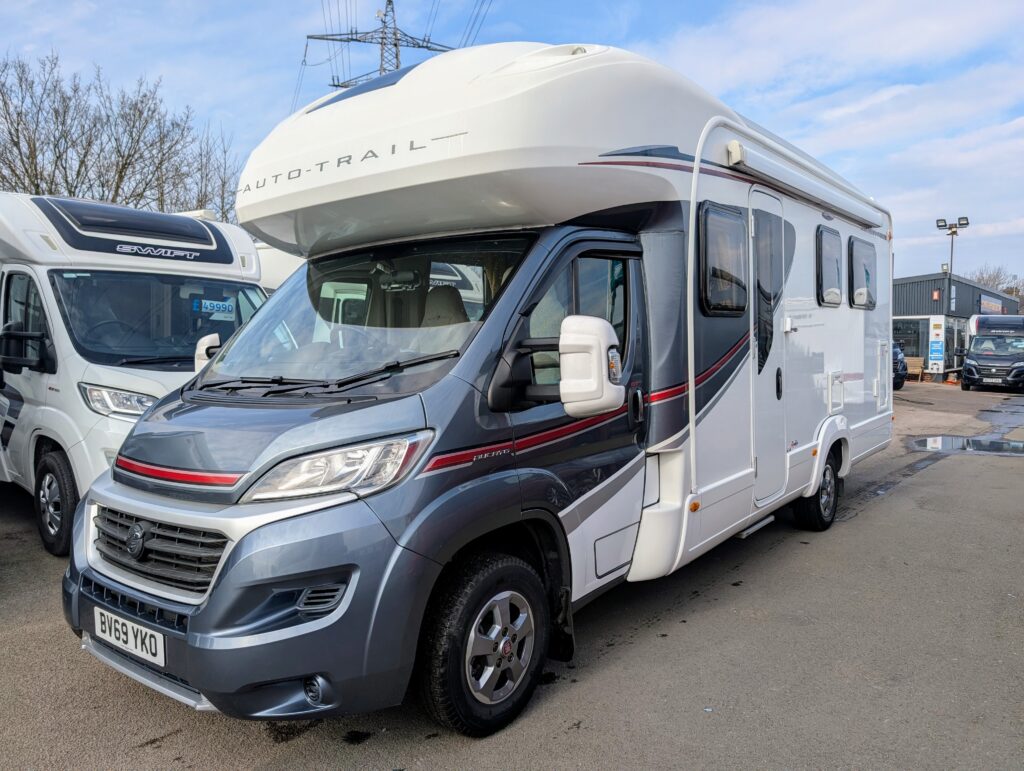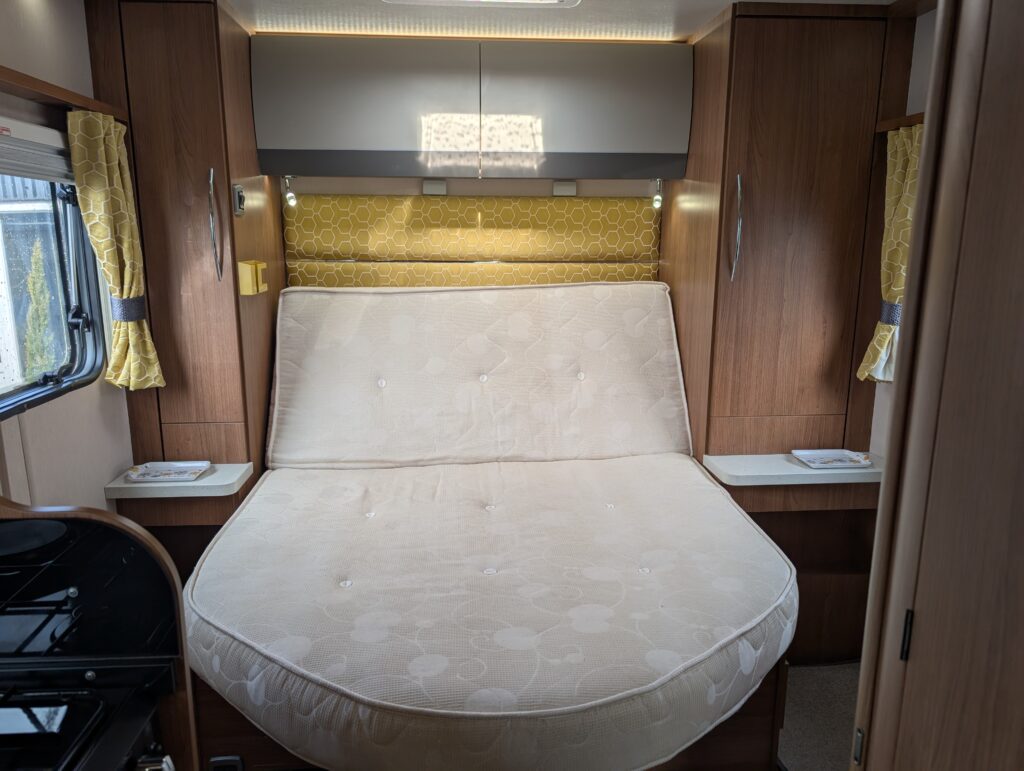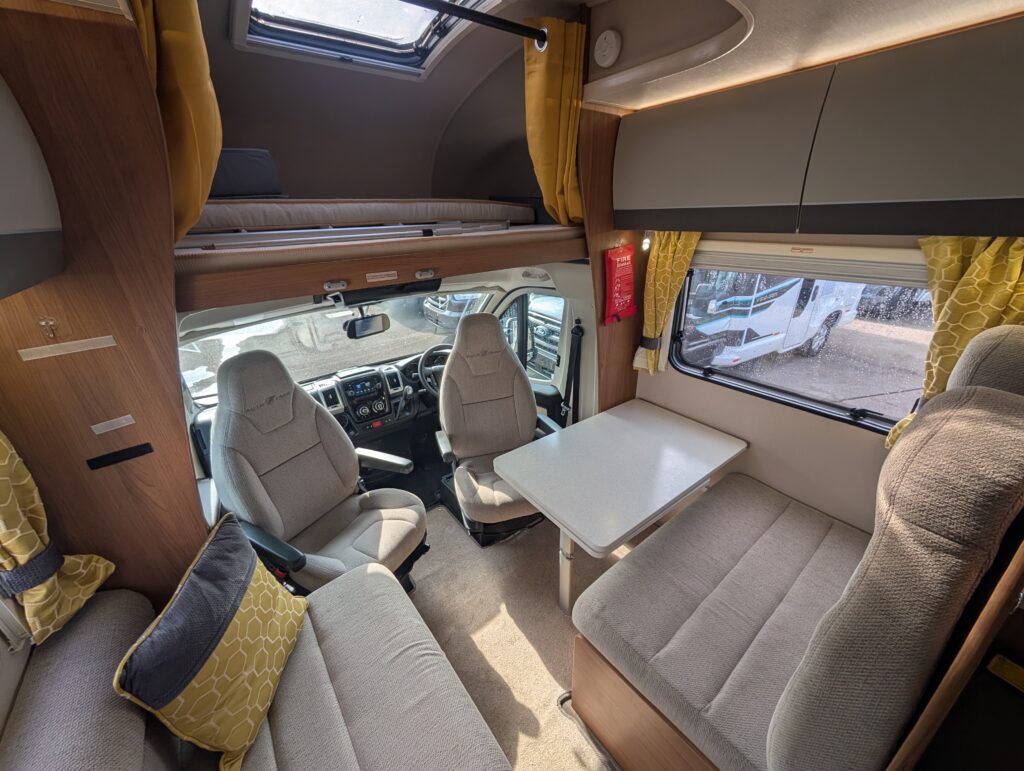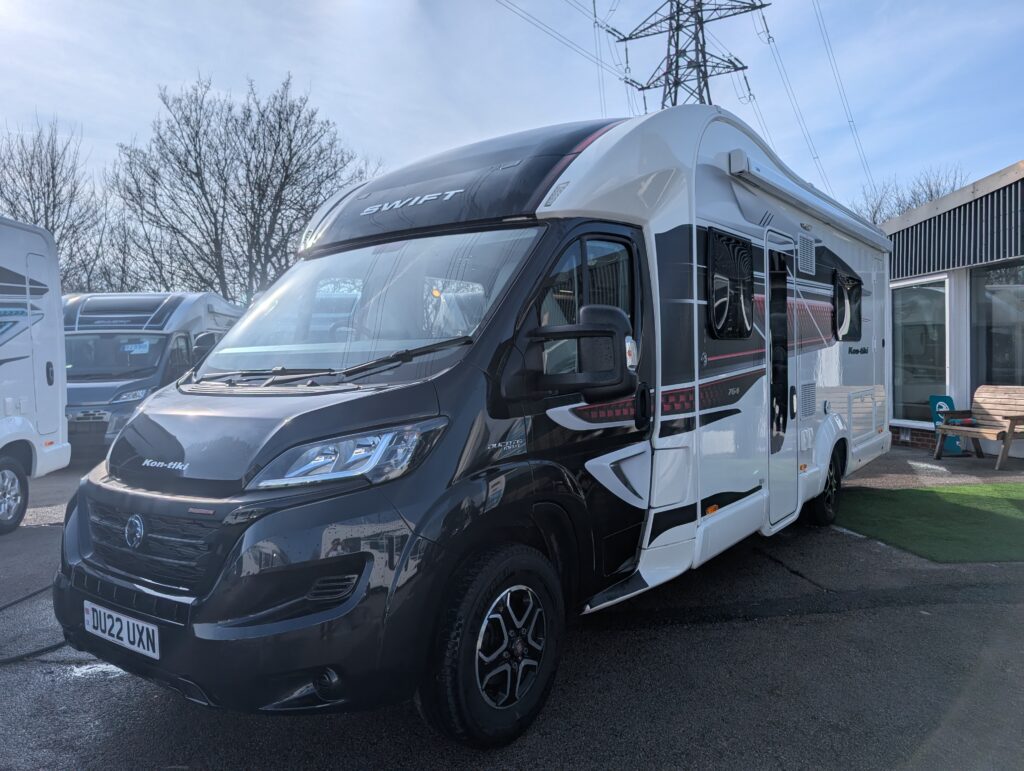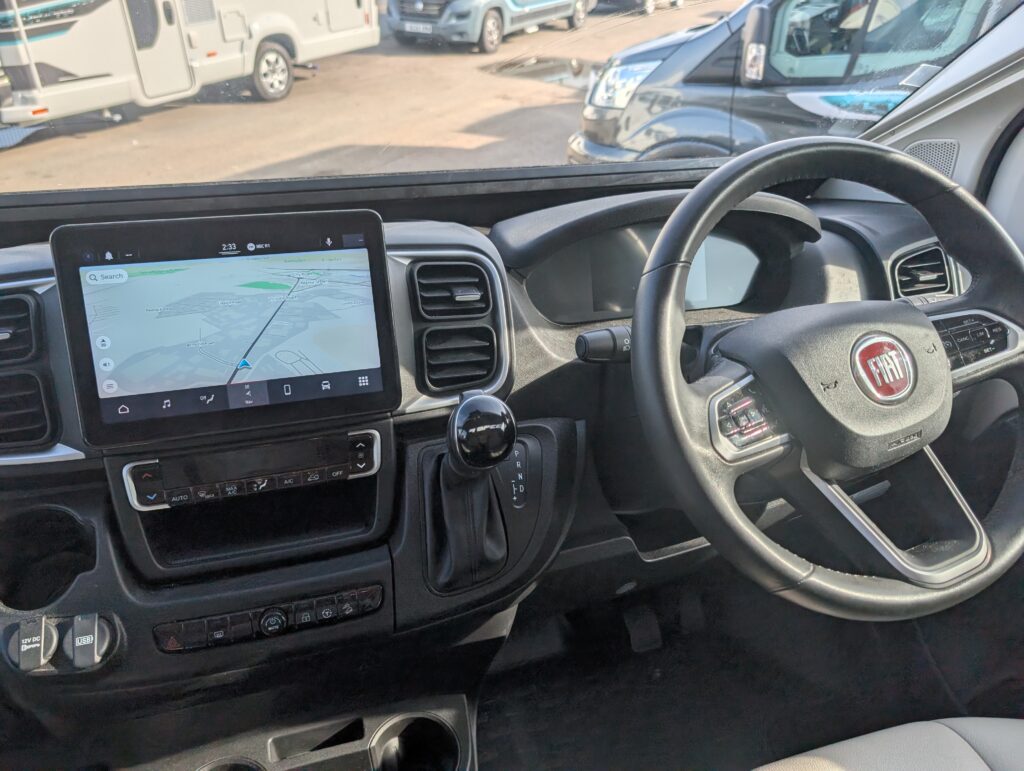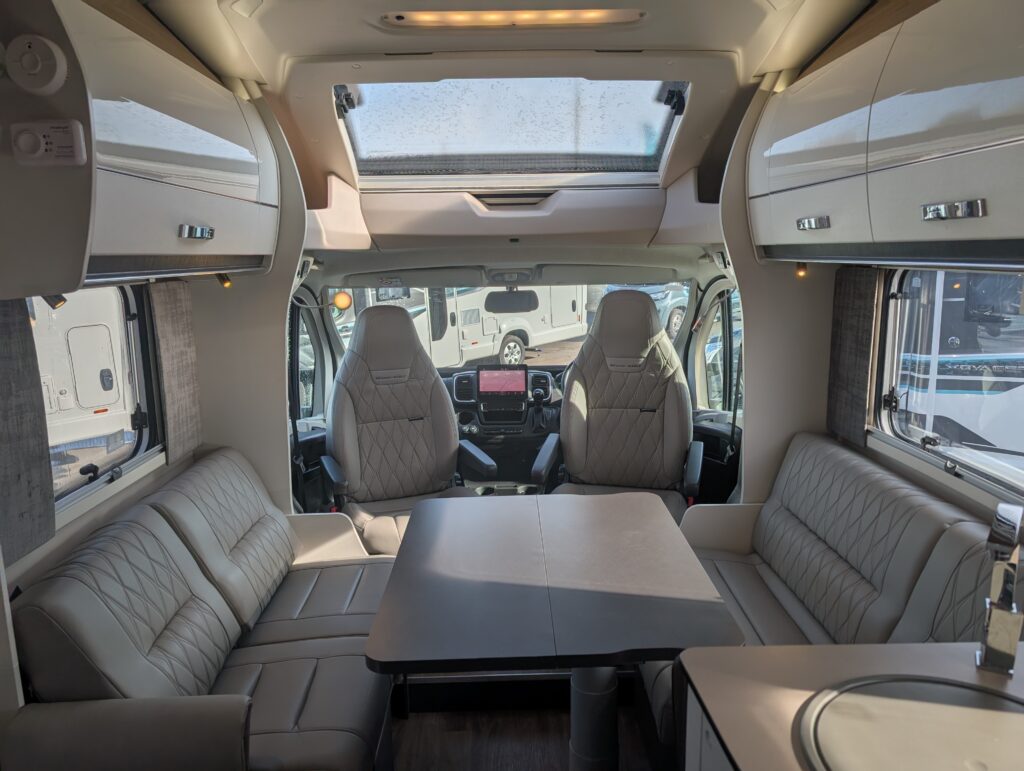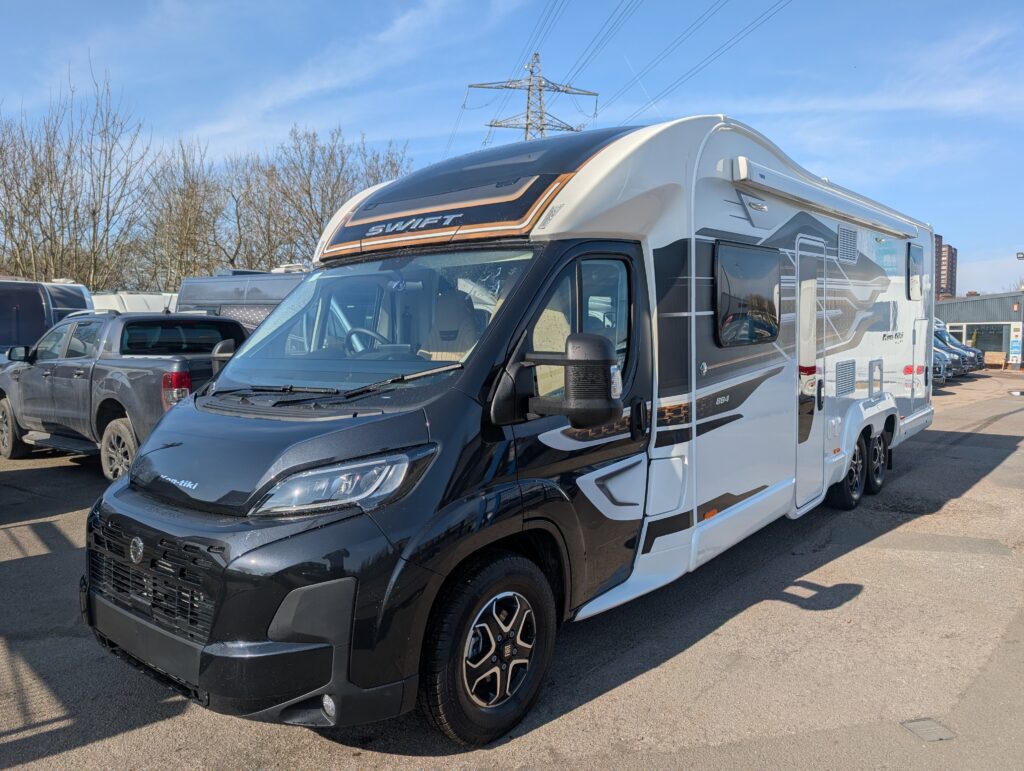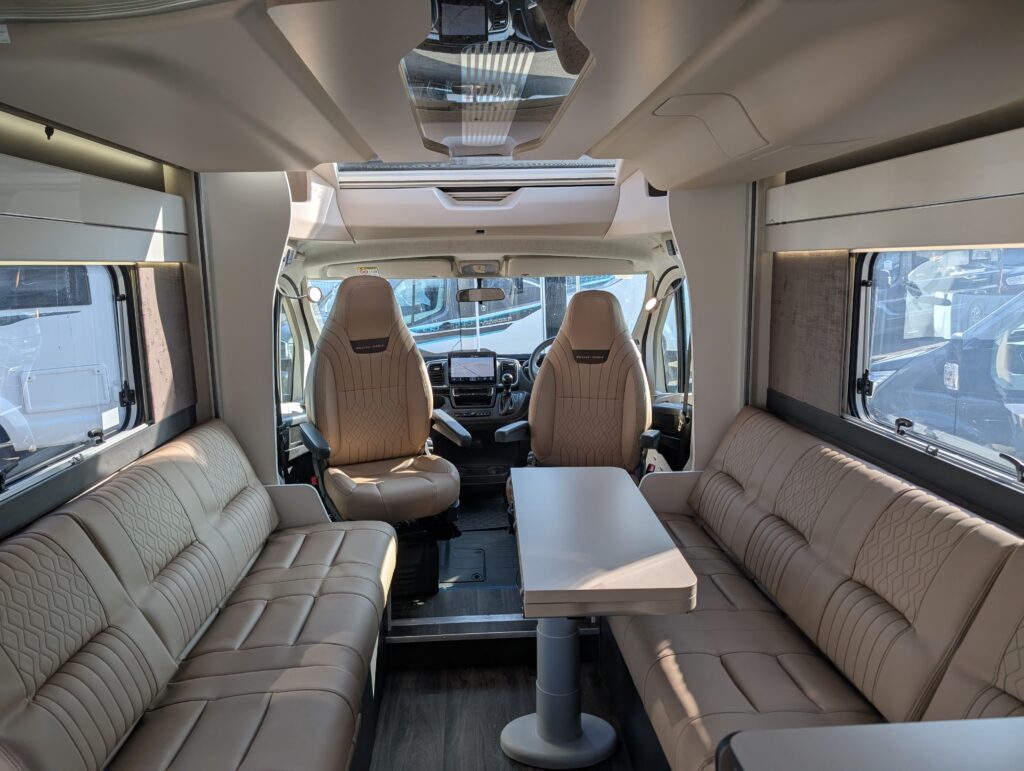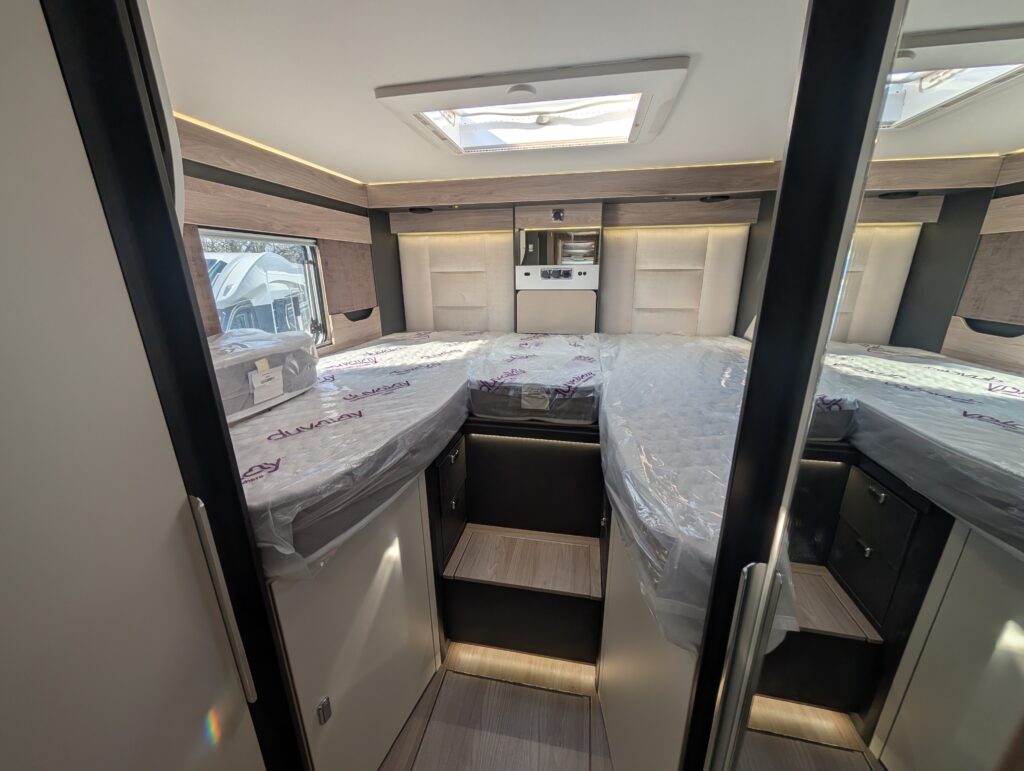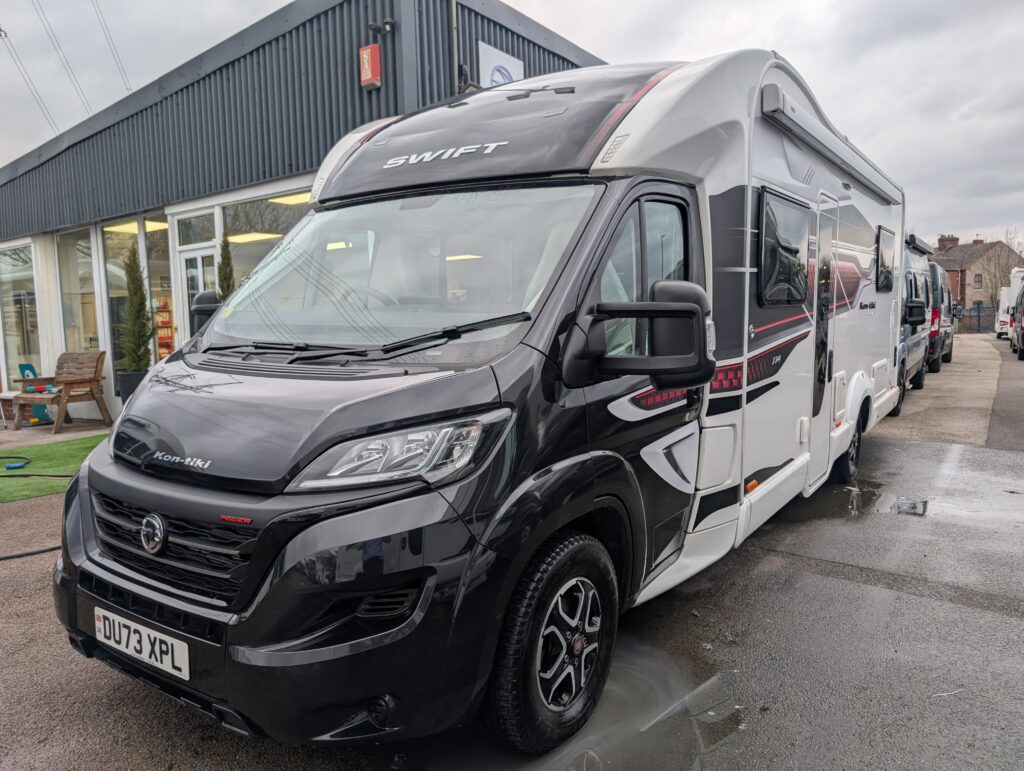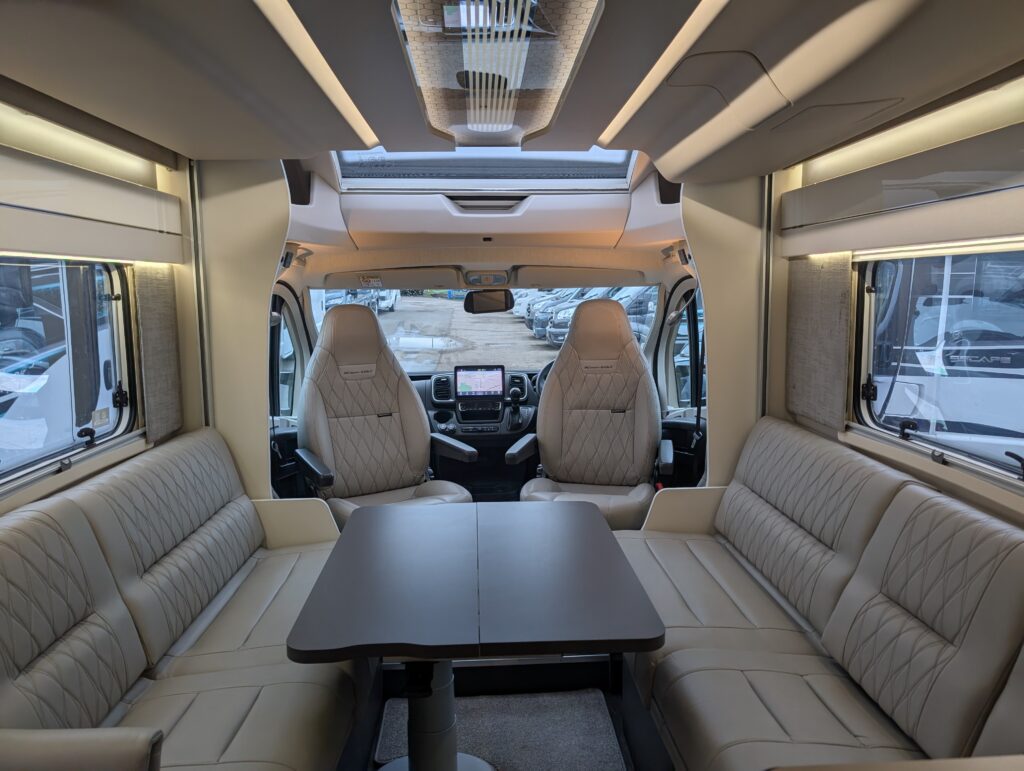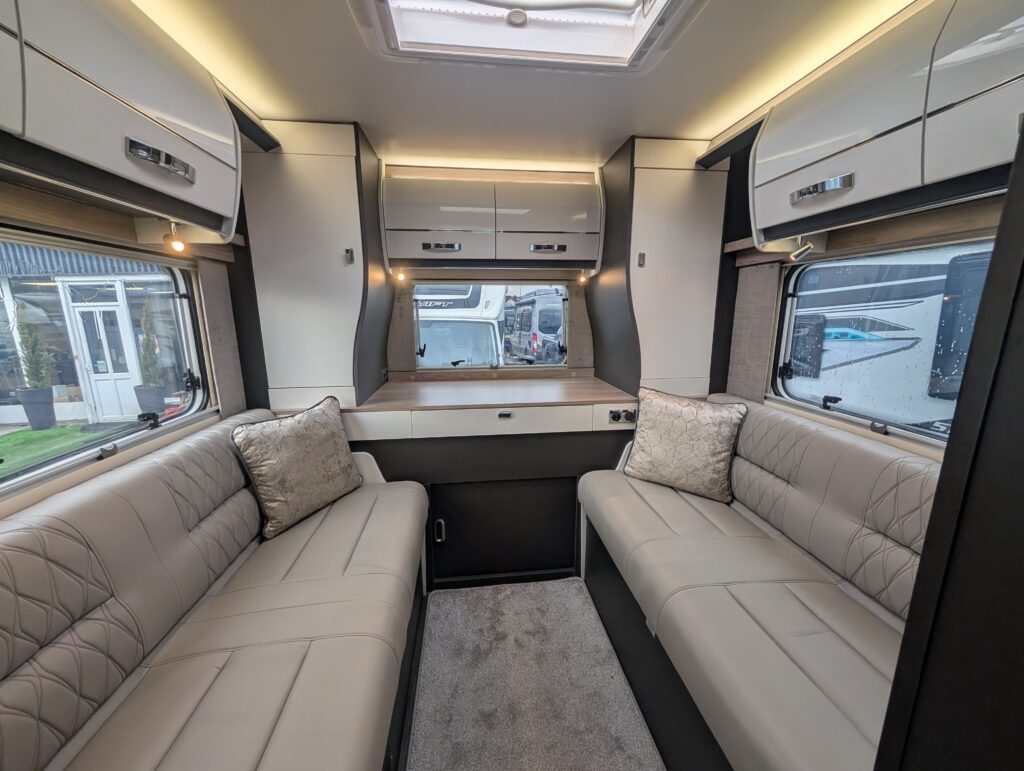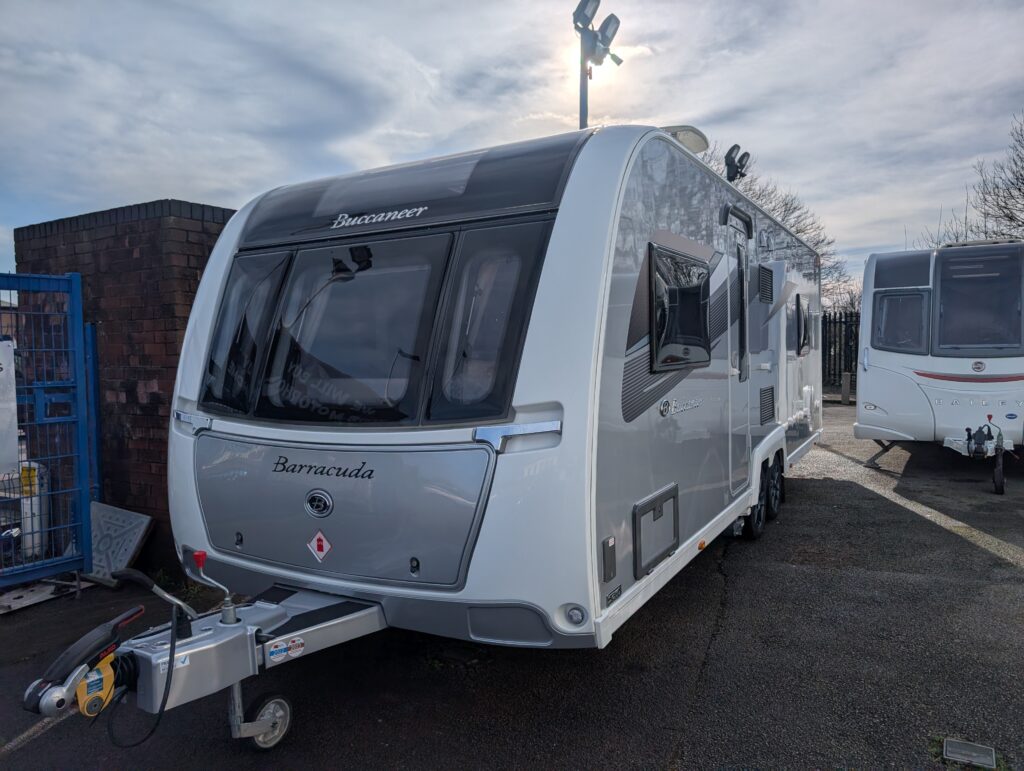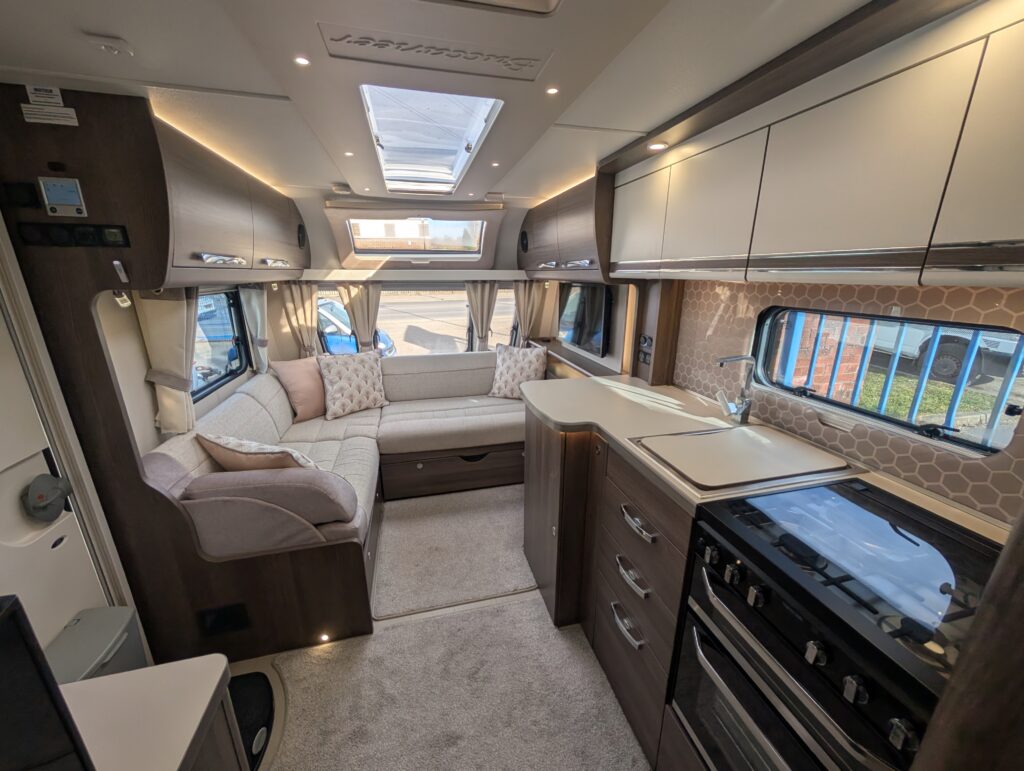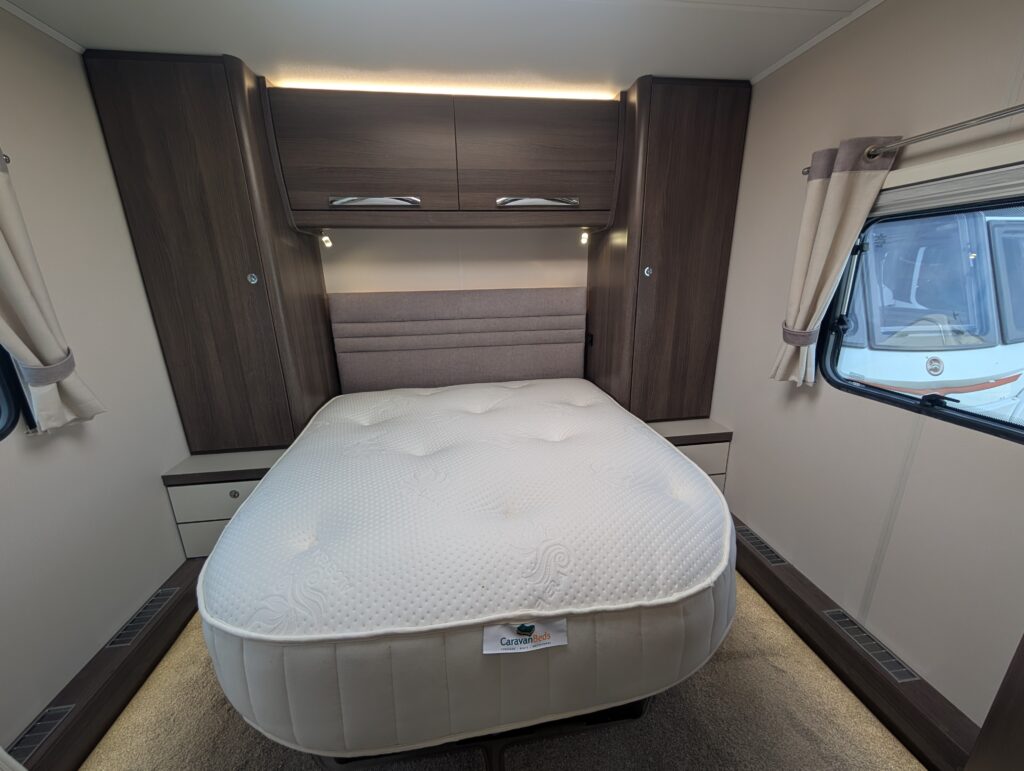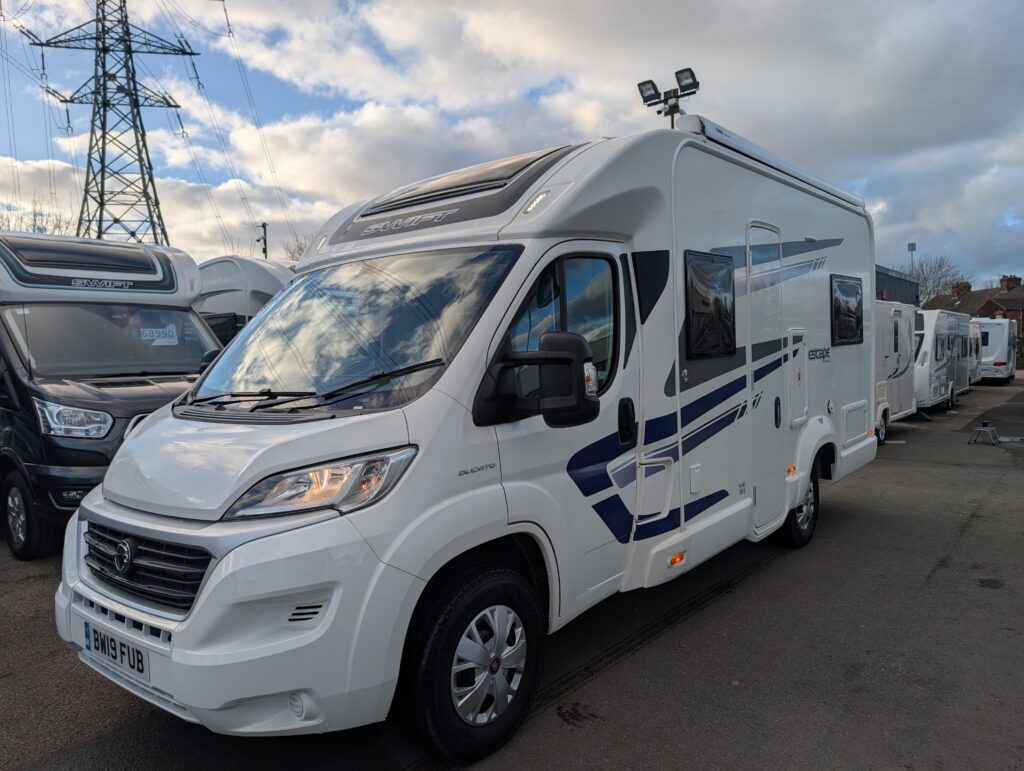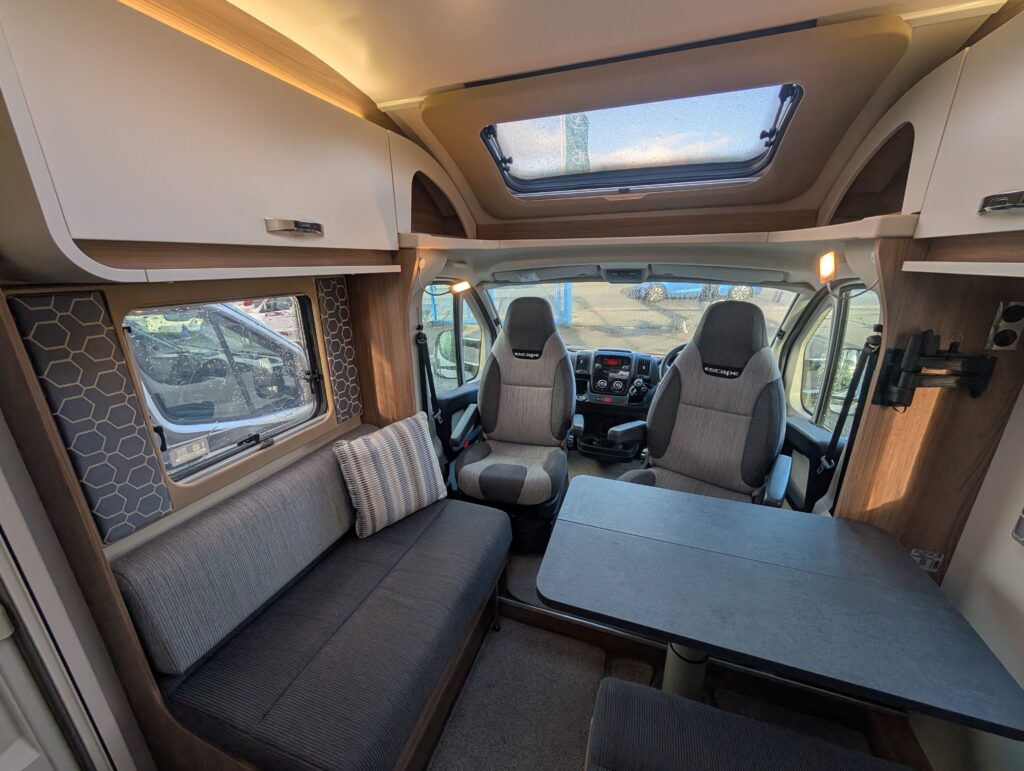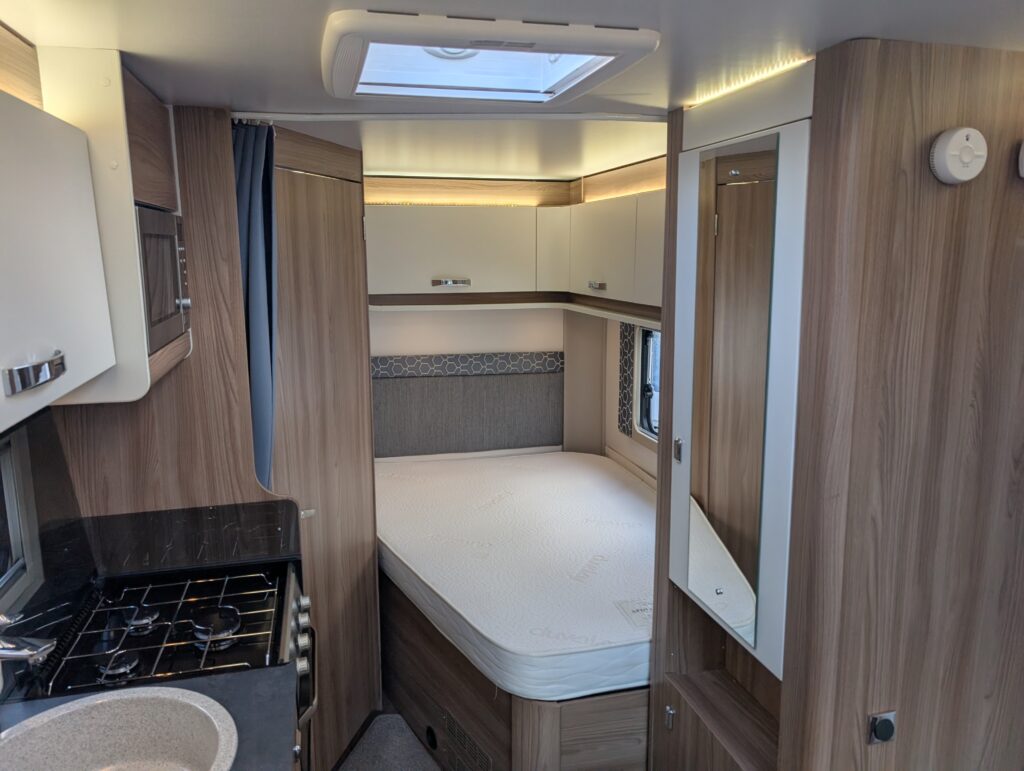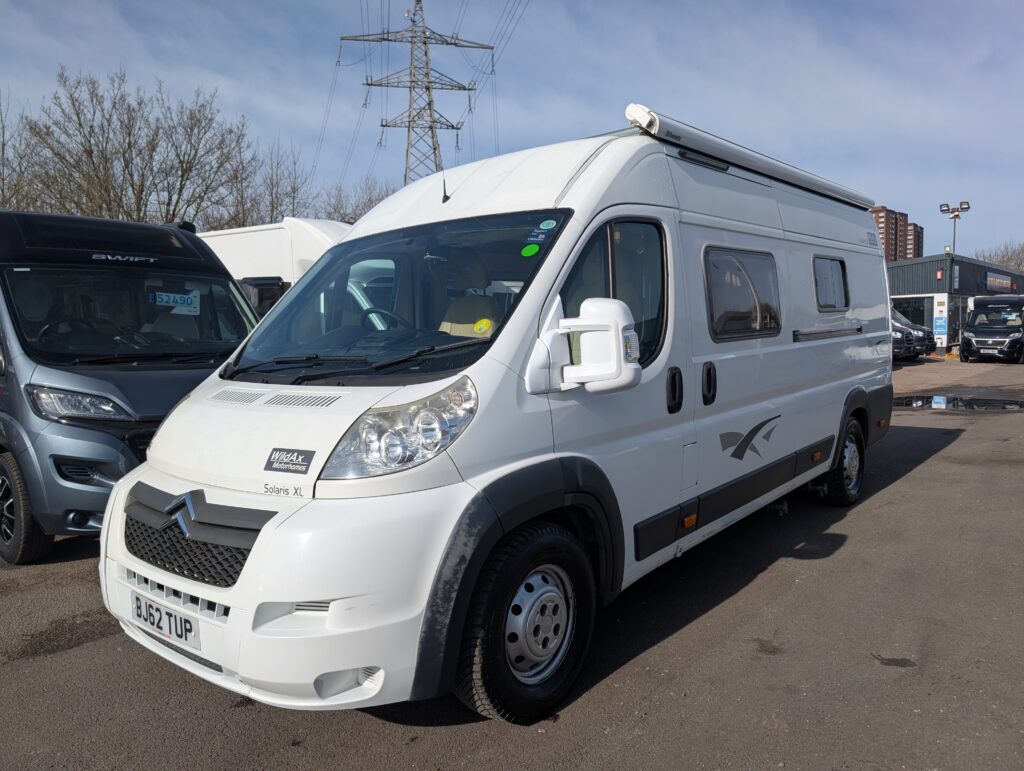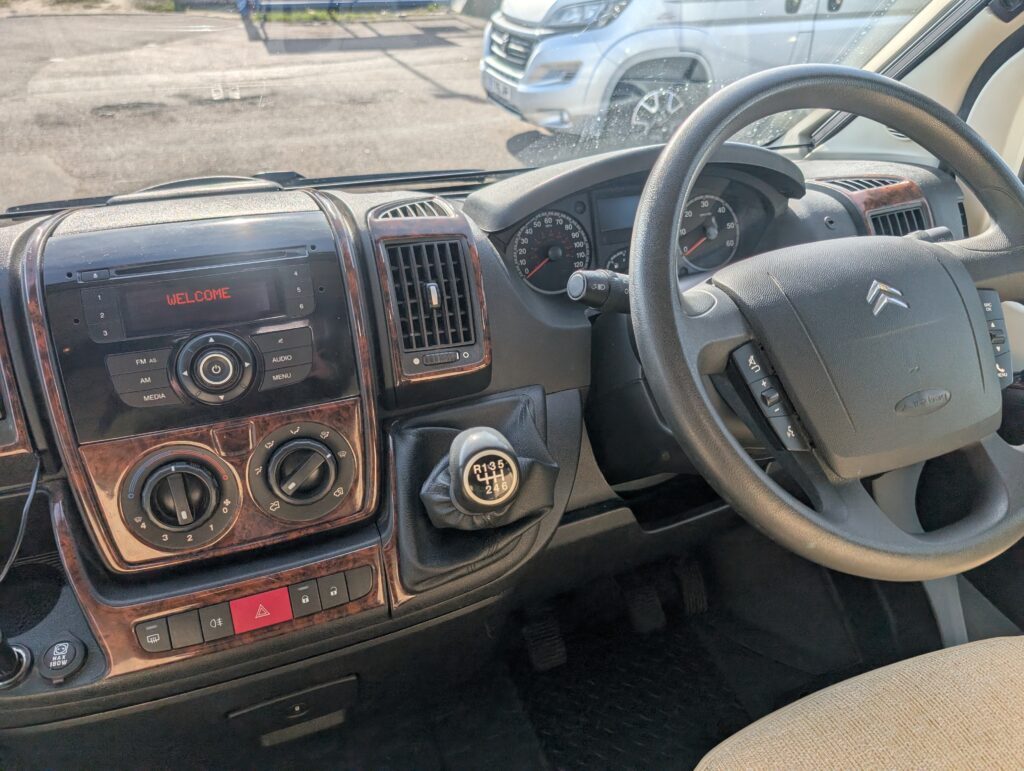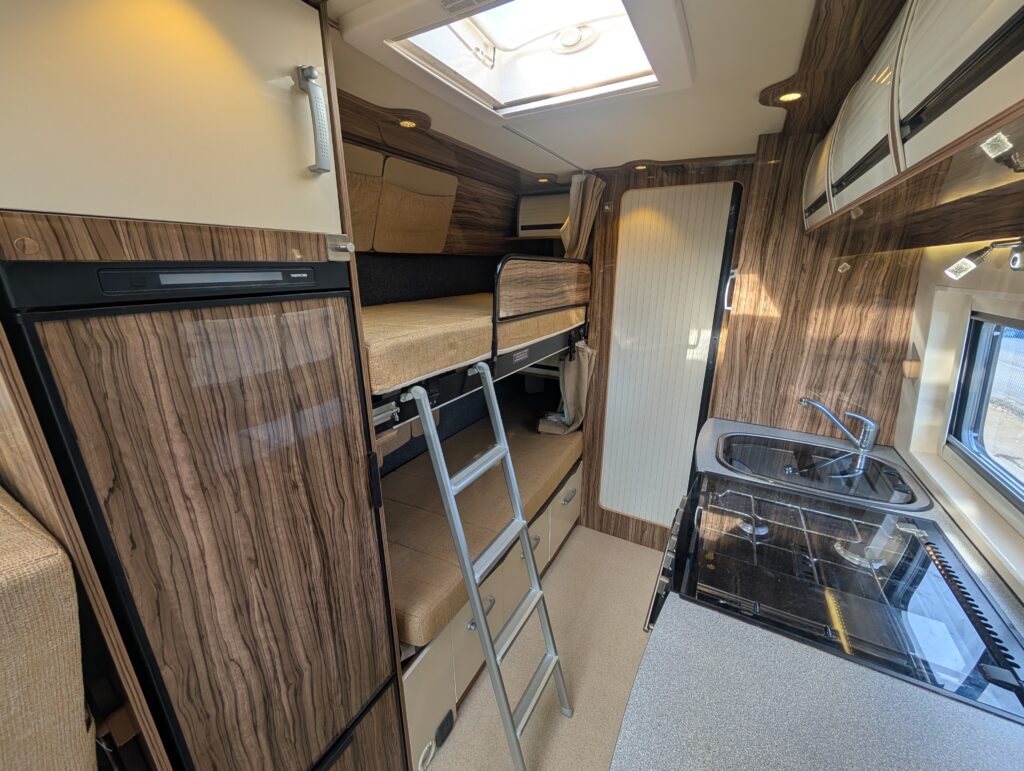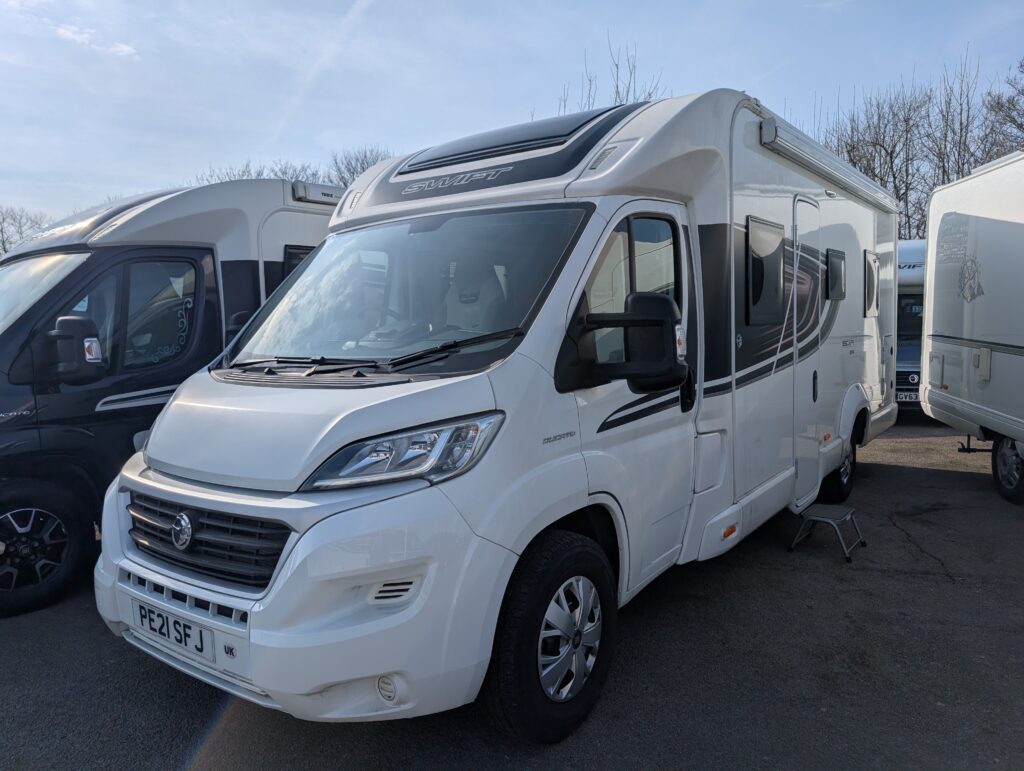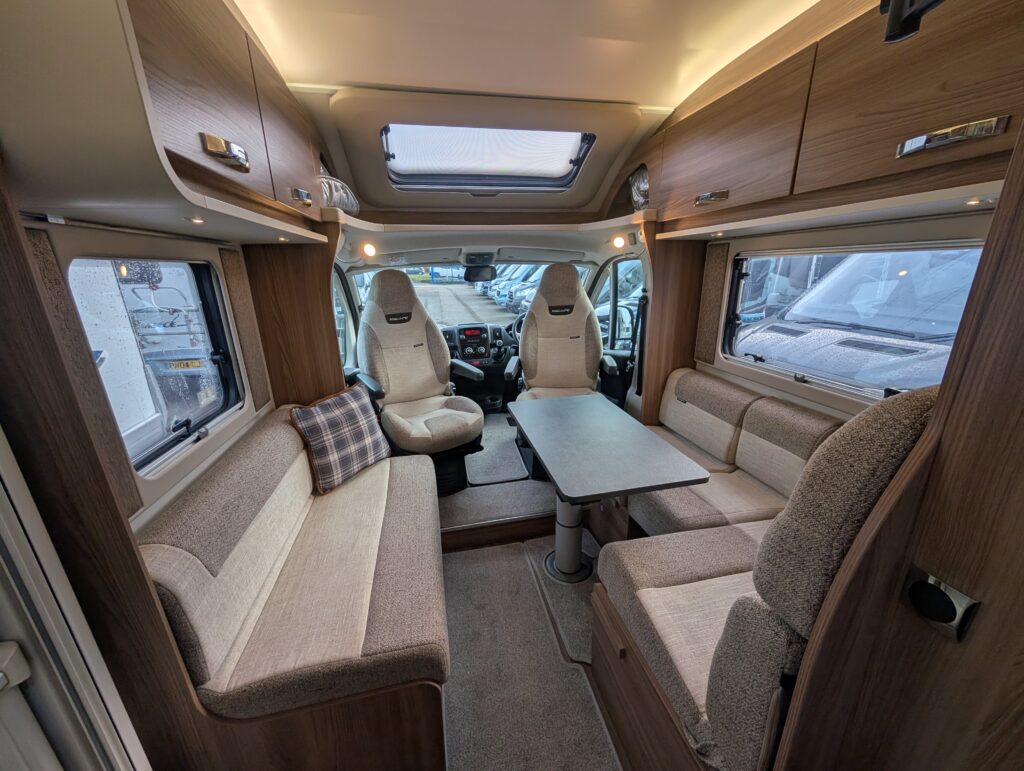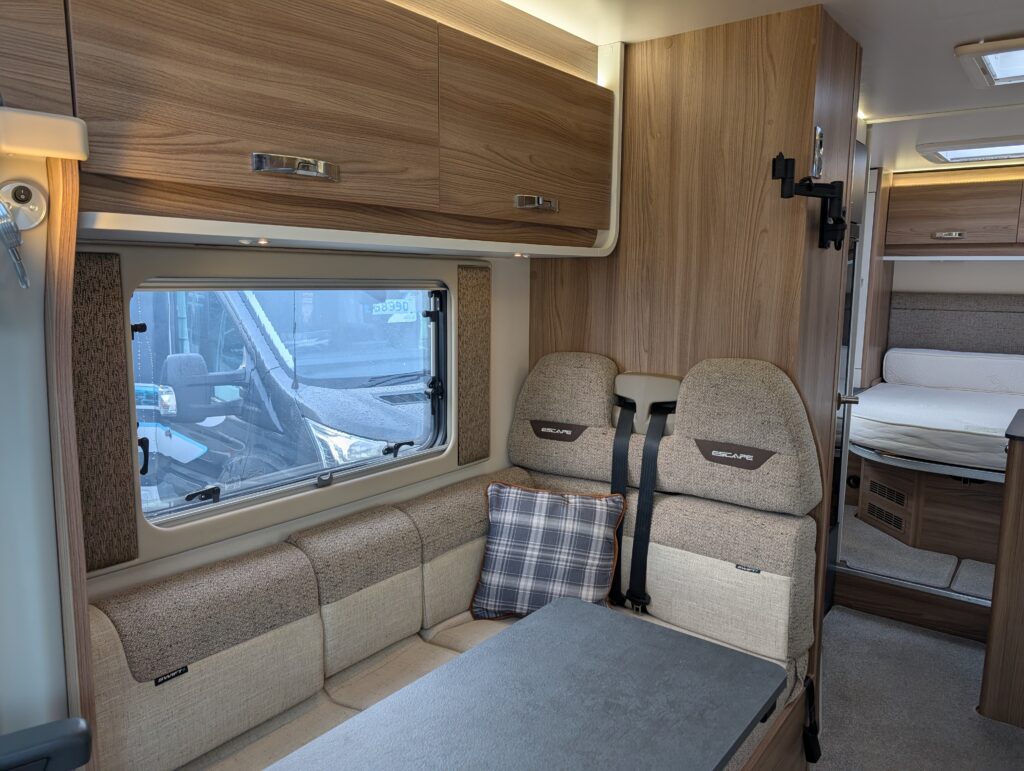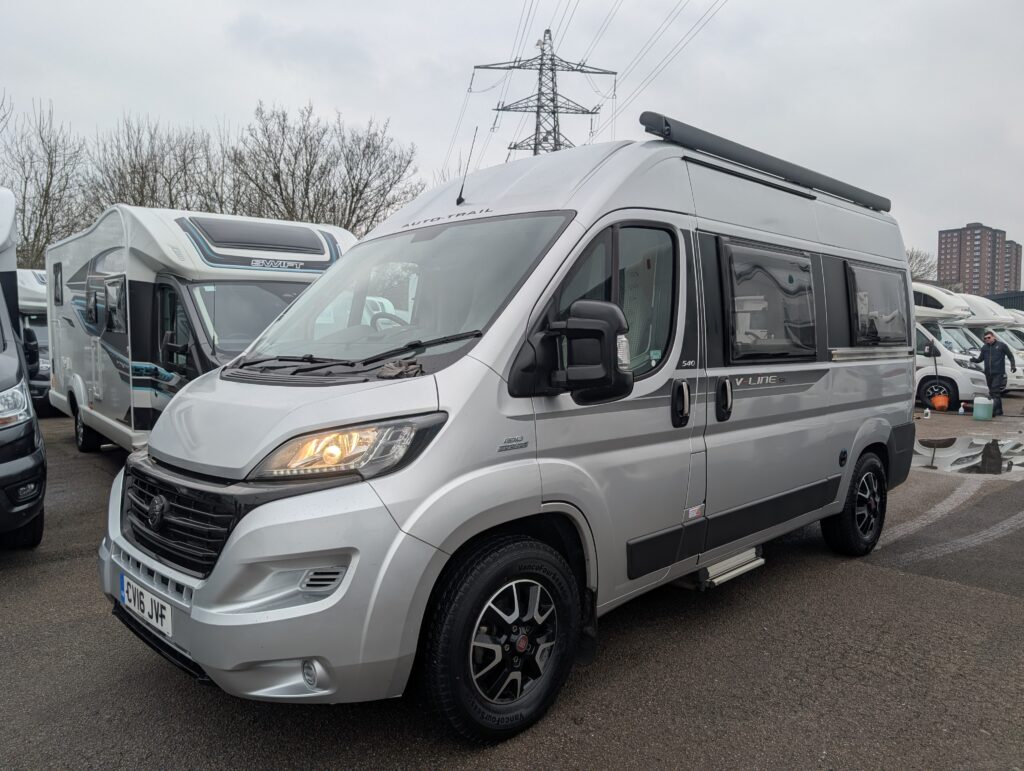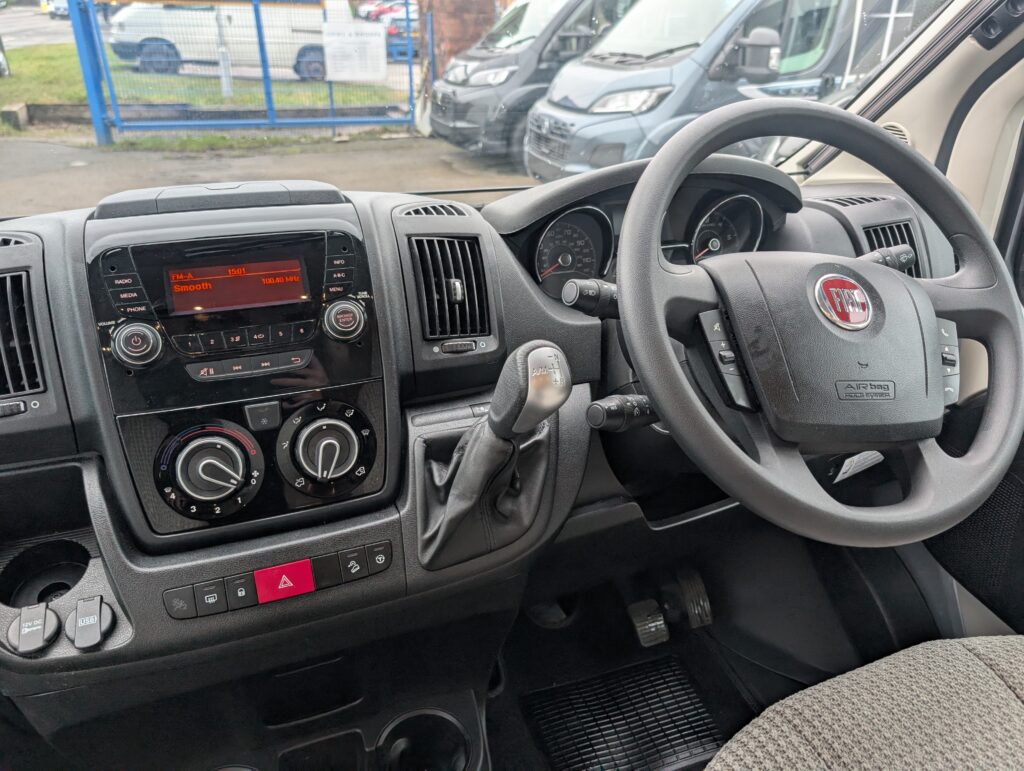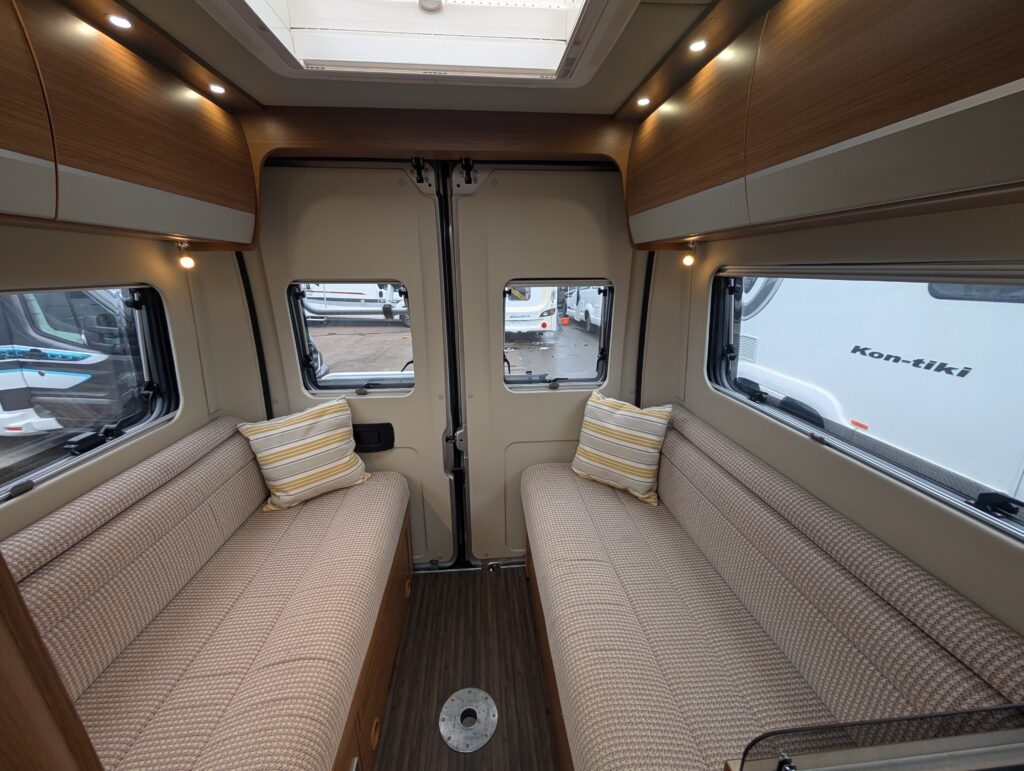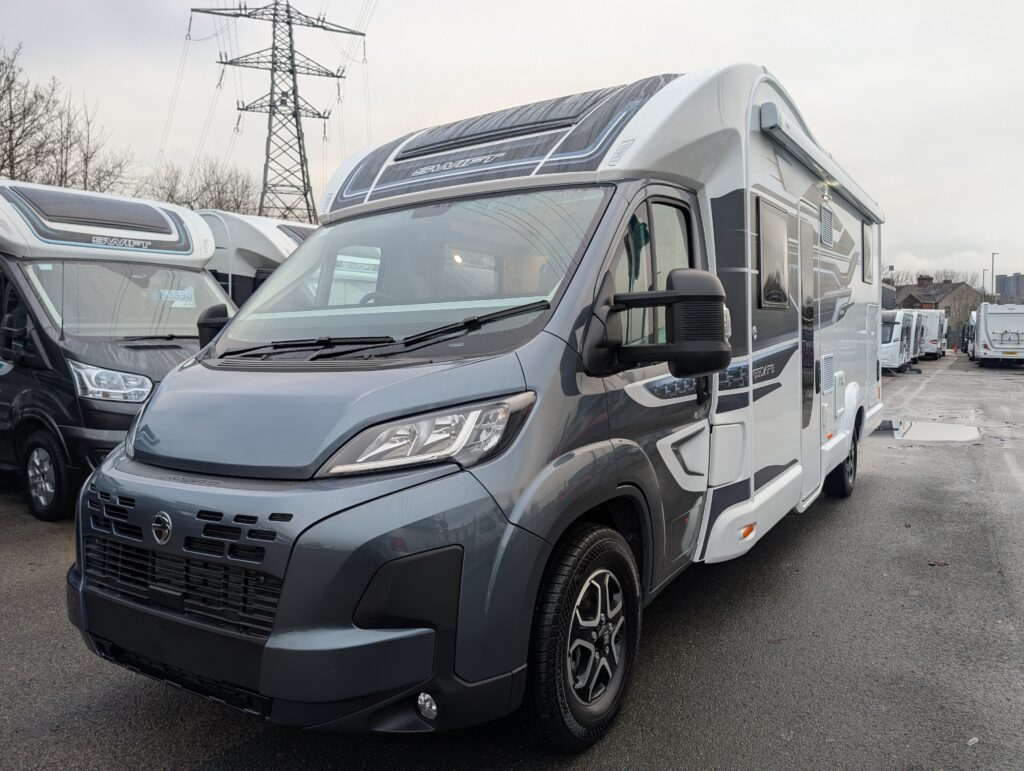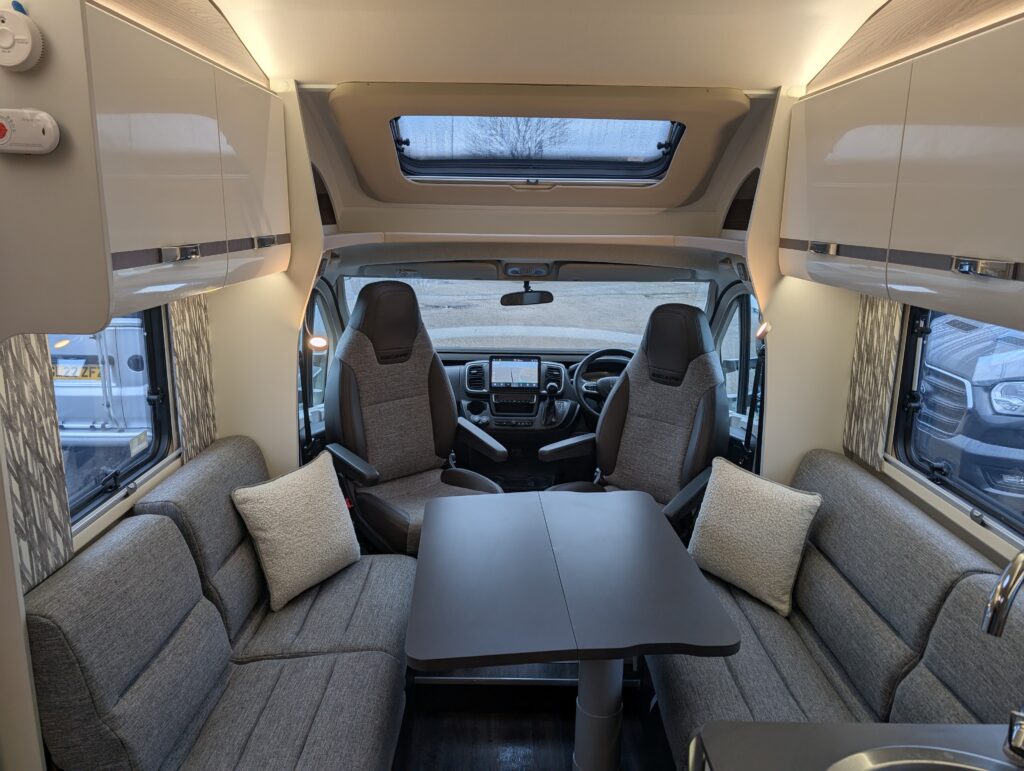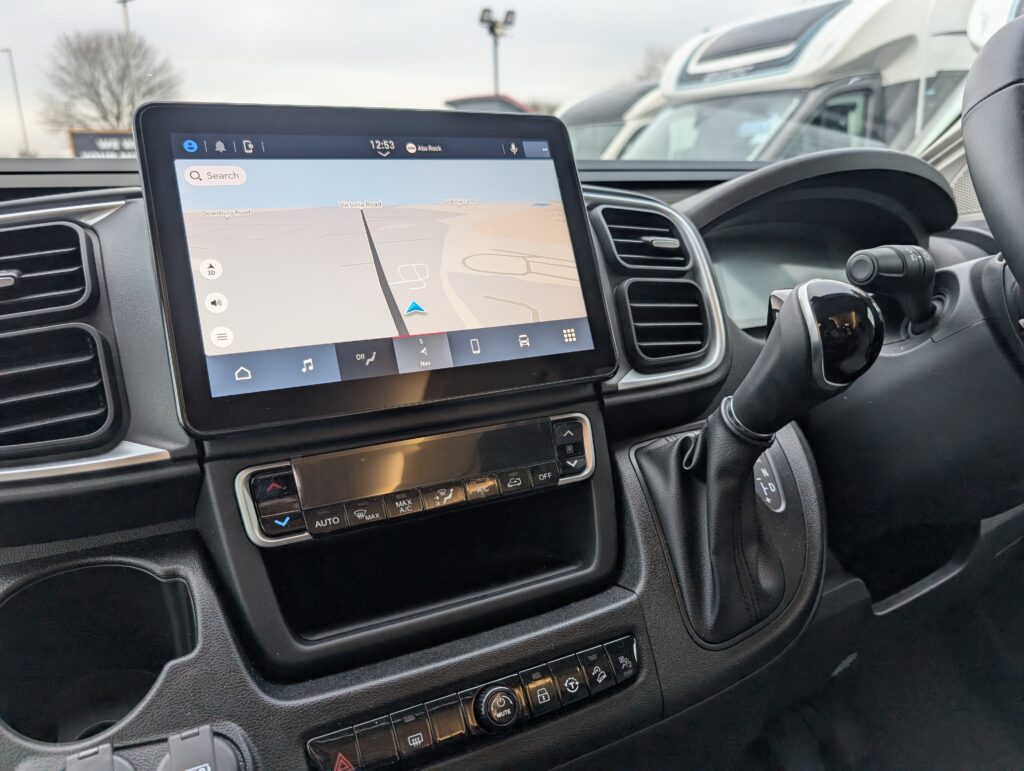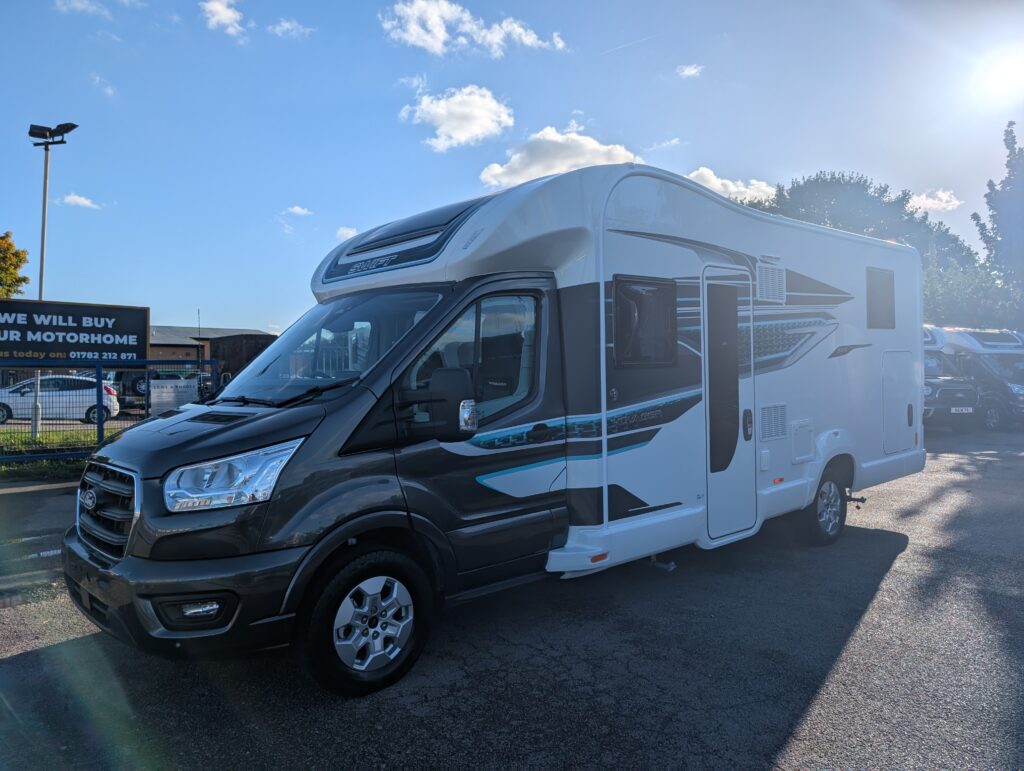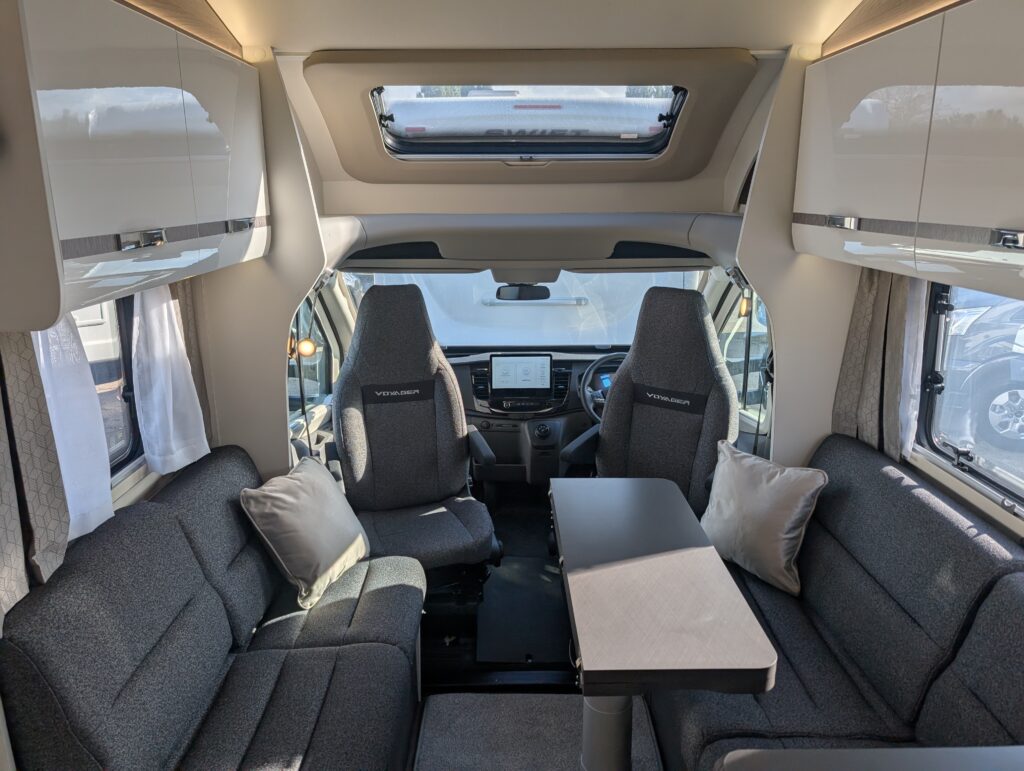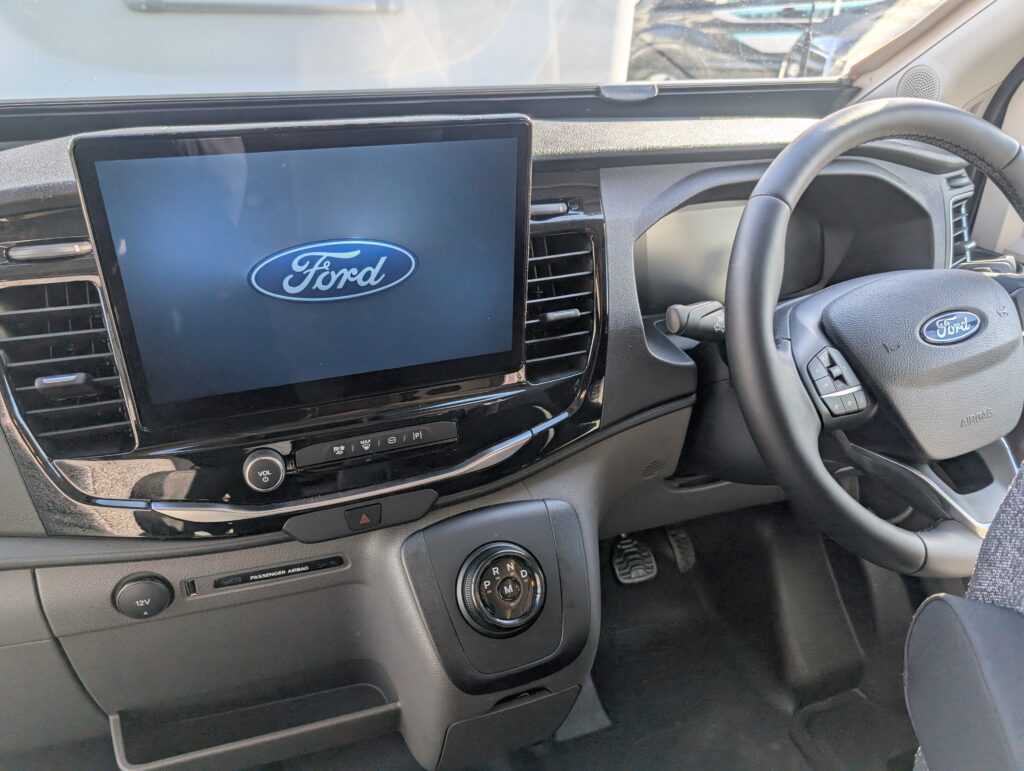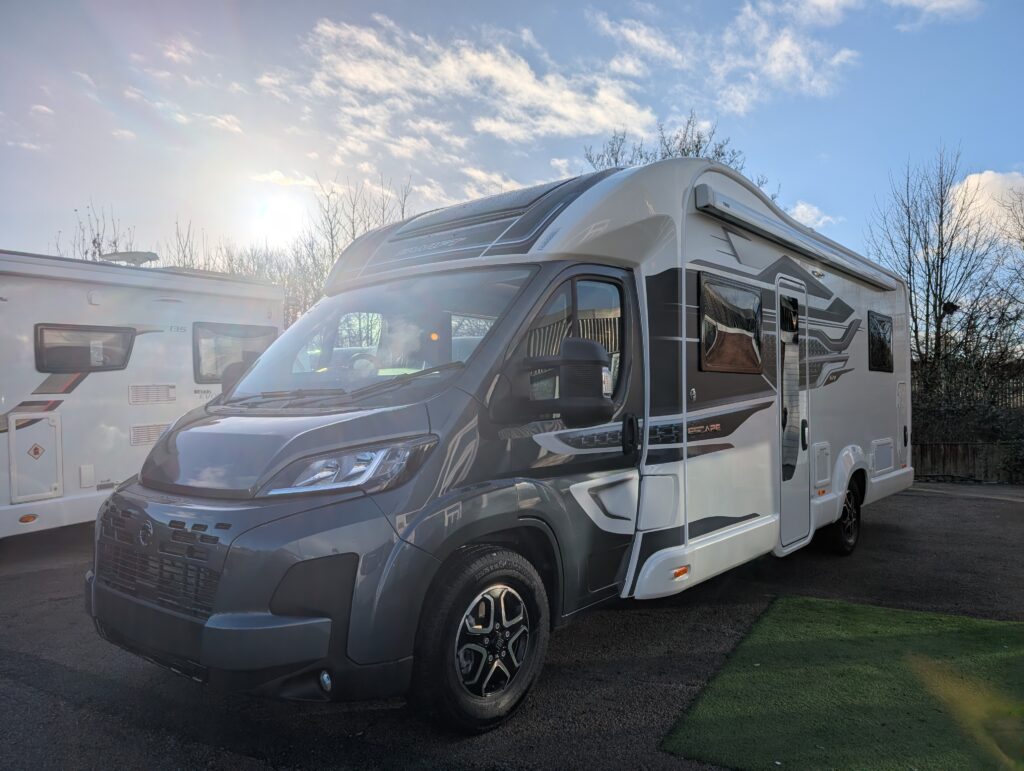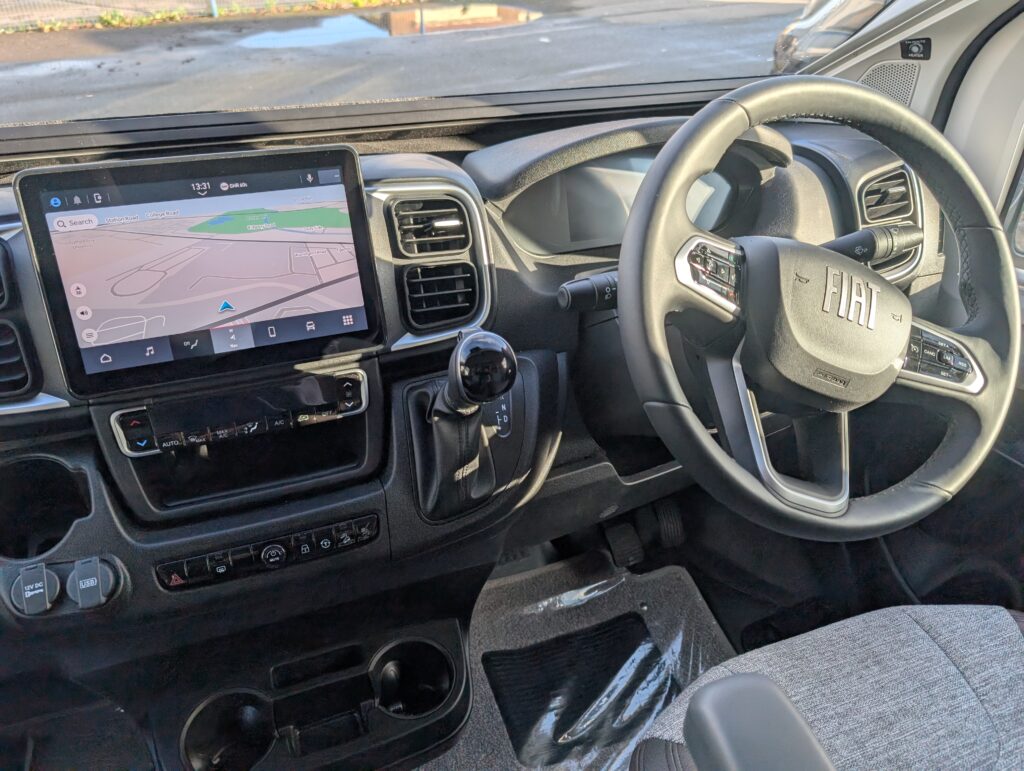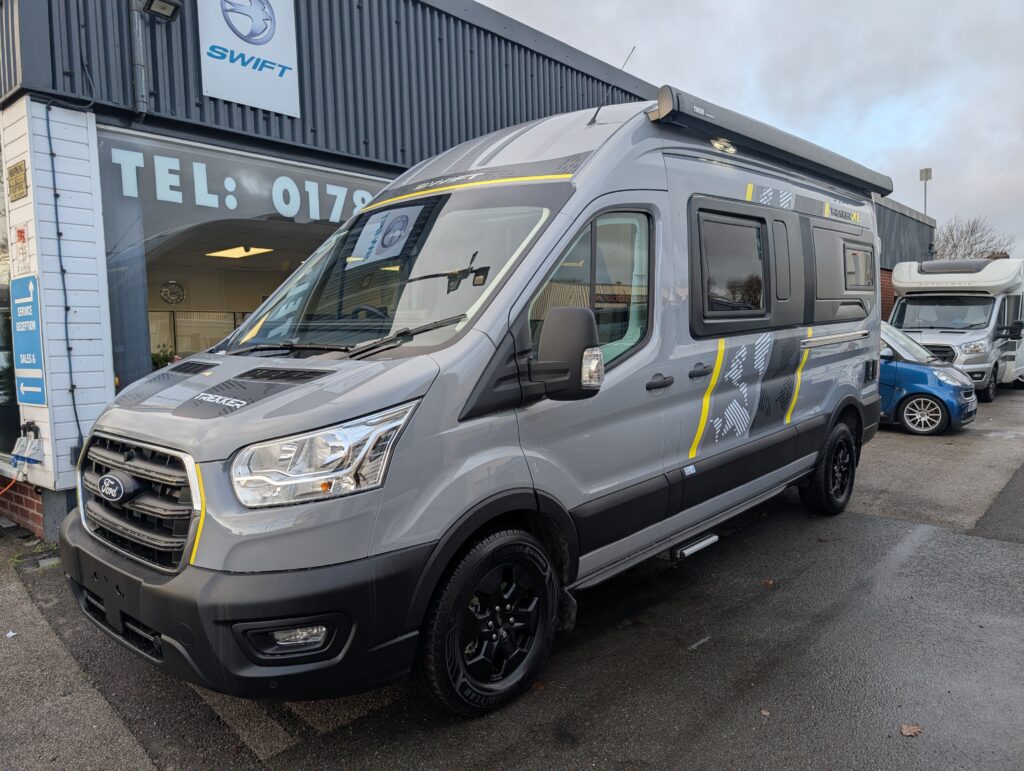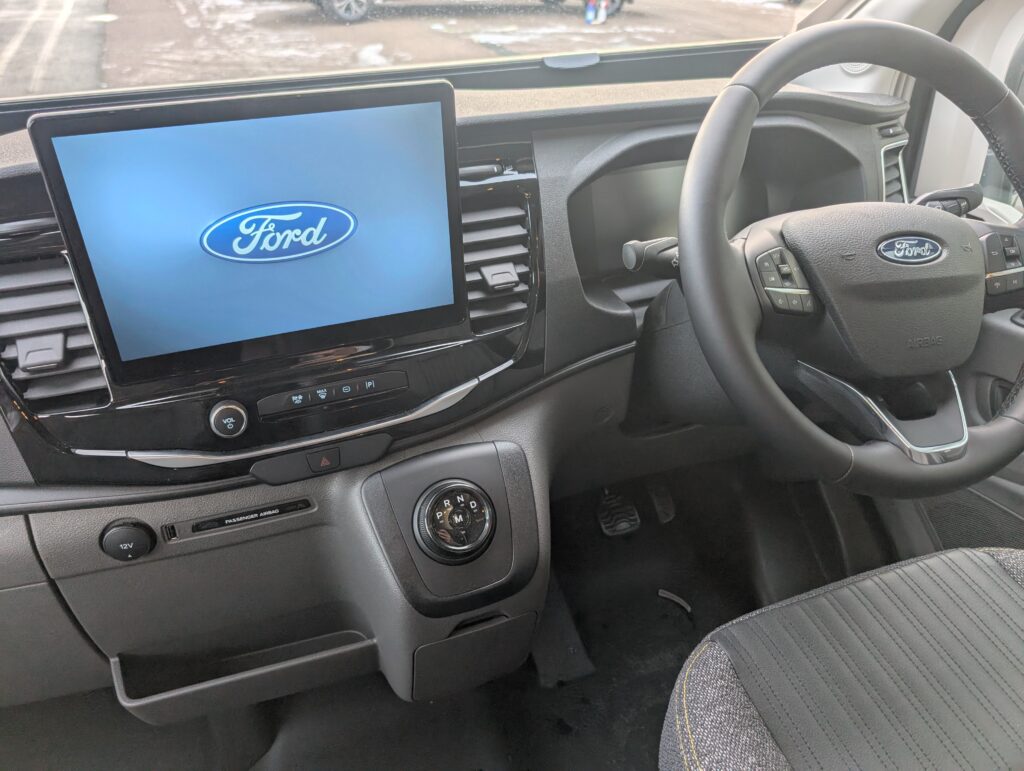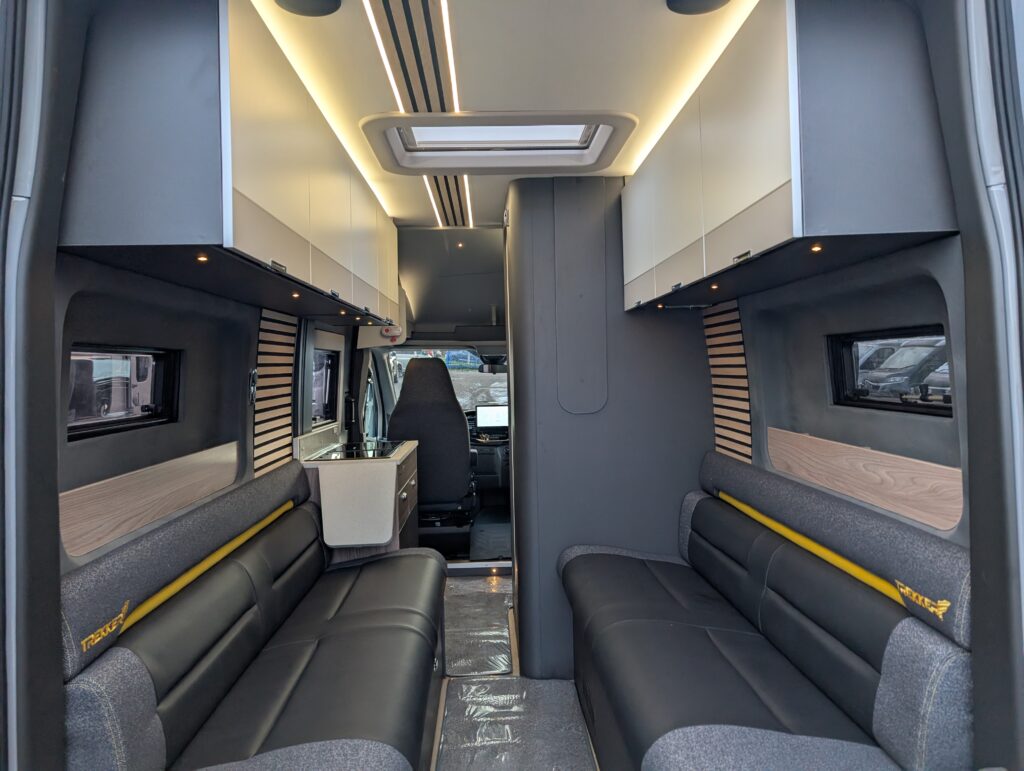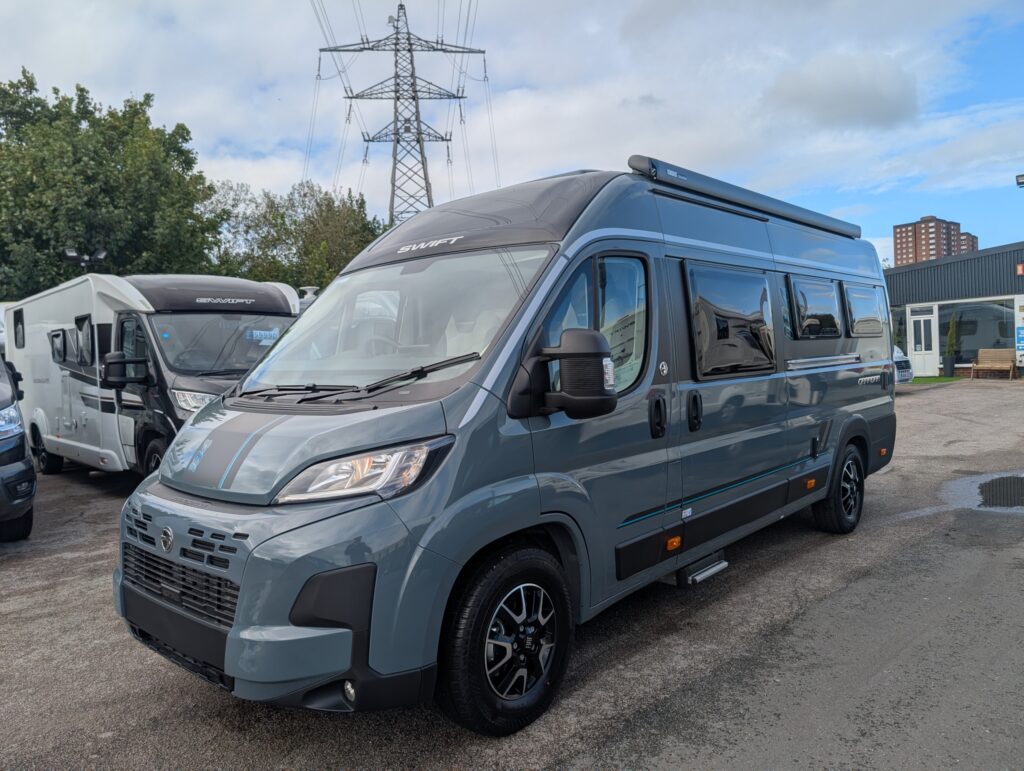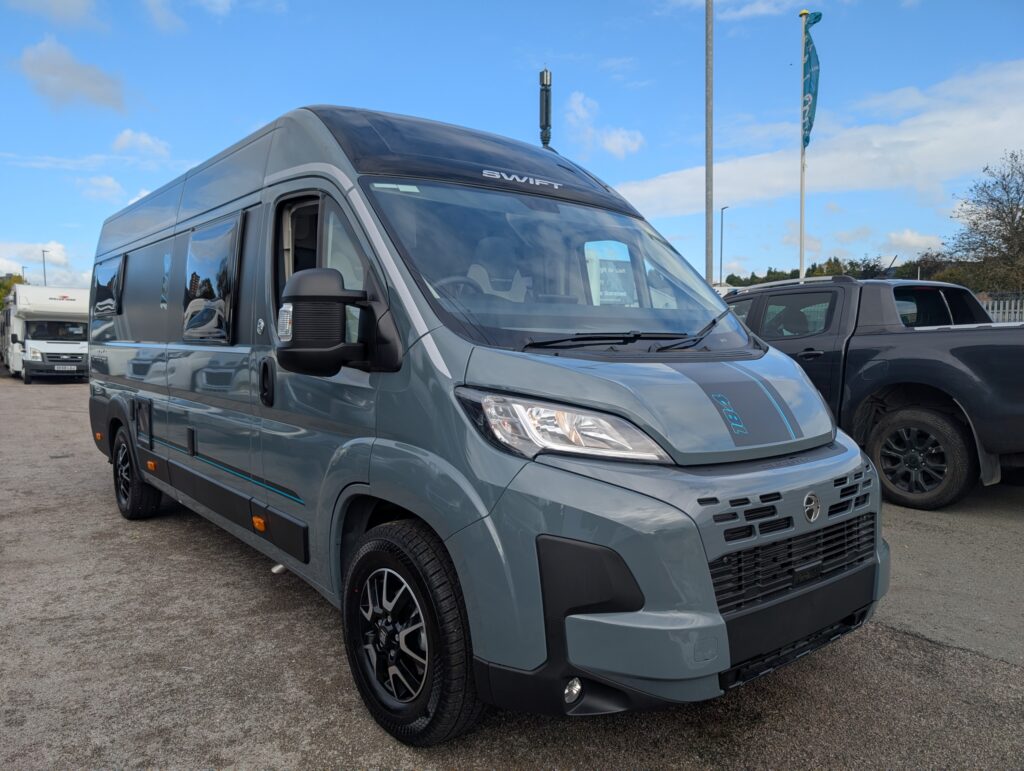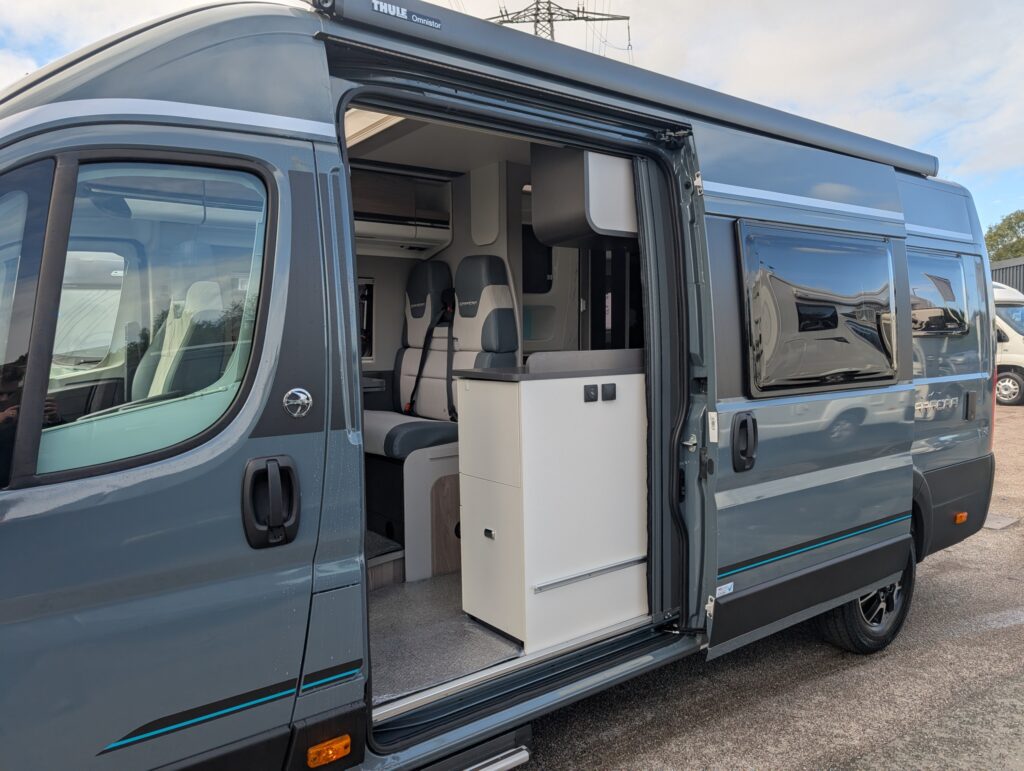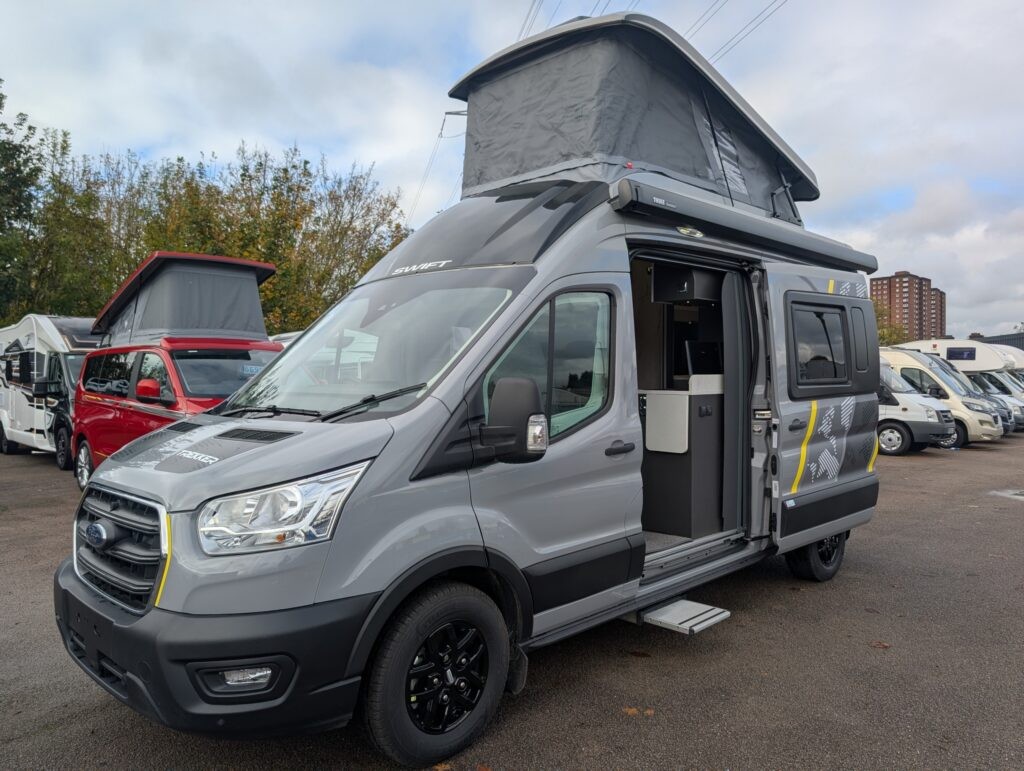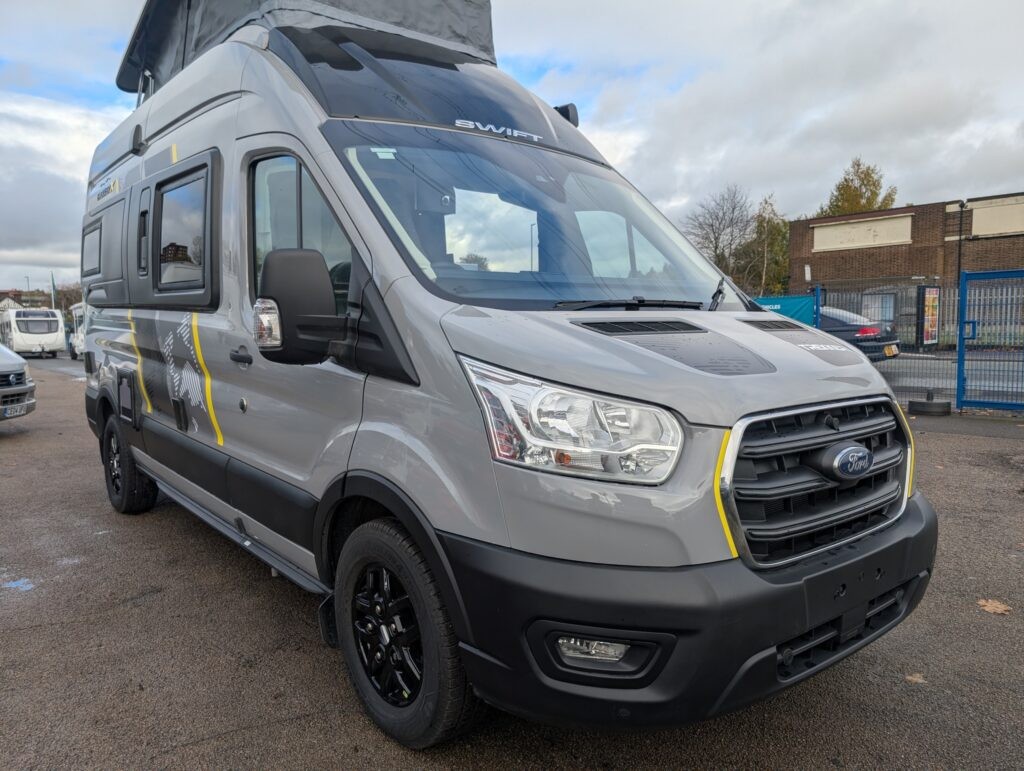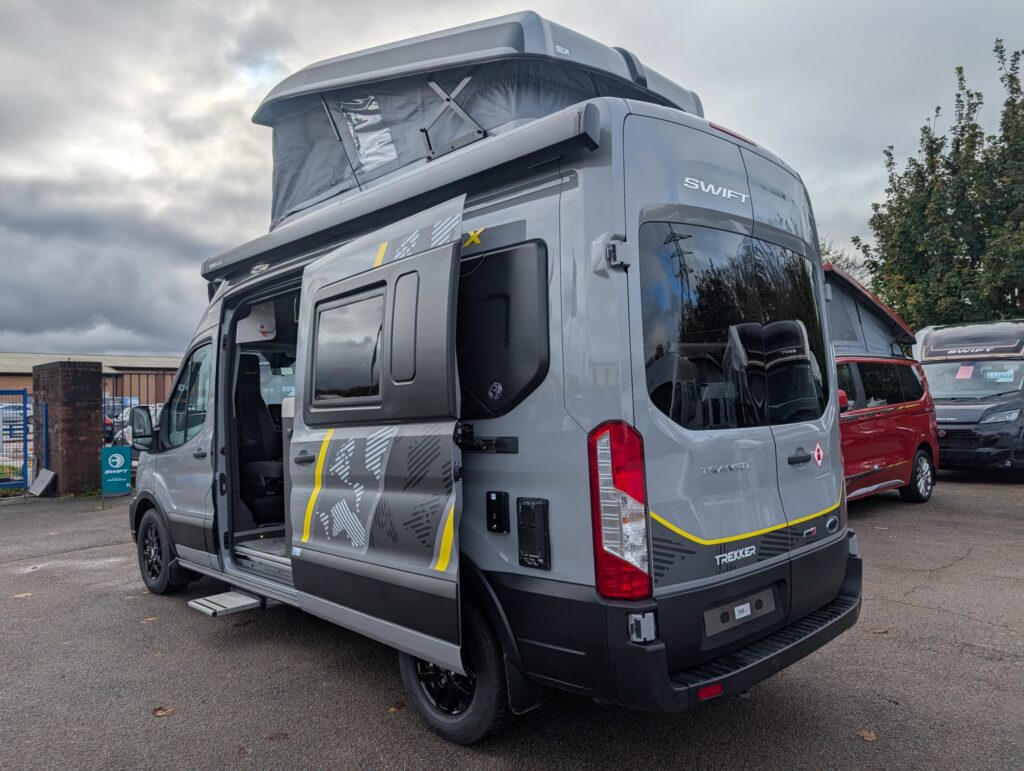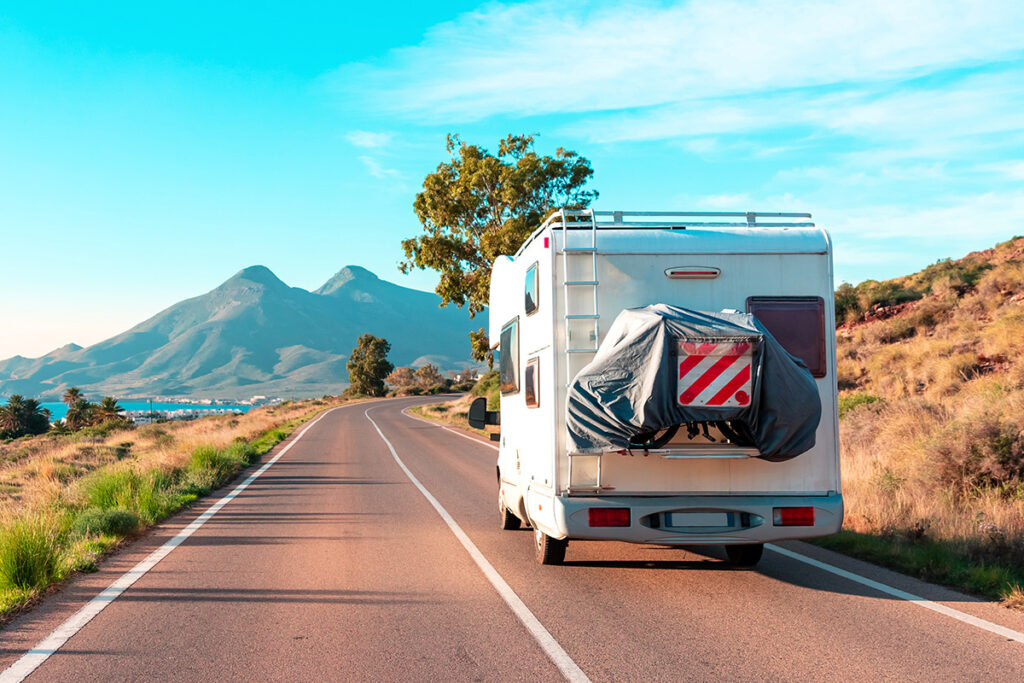
, Posted on Friday April 26, 2024
Can I drive a motorhome or campervan with a standard driving licence?
2 minutes well spent
UK law states that individuals in possession of a standard driving licence are permitted to drive a motorhome or campervan, as long the vehicle’s weight does not exceed 3.5 tons (i.e. 3,500 kilograms). This weight is known as the Maximum Authorised Mass (MAM). However, if the motorhome or campervan exceeds that weight the there are additional steps the driver must take to gain a higher classification on their driving licence. We’ve outlined these, below.
What are the requirements for driving a motorhome over 3,500kg?
Motorhomes that weigh over 3,500kg typically fall into the largest coachbuilt or A-class categories. Operating such vehicles means there is a need to obtain additional categorisation on a UK driving licence to remain in compliance with the law. The additional category required is called C1, and it allows the bearer to drive vehicles weighing between 3,500kg and 7,500kg. The process for obtaining the C1 category is relatively simple, but there is a twist – it differs based on the date that the driver passed their driving test.
For those drivers who passed their test prior to January 1st 1997, the C1 classification is automatically included in the driving entitlement detailed on their driving licence – but they must undergo a D4 medical test to assess their vision for driving.
For those who passed their driving test after January 1st 1997, the following steps are required to obtain a C1 licence.
Applicants must be aged over 18 and already hold a licence eligible for category B, to be eligible to apply for a C1.
A D4 form must be completed. This details medical history relevant to driving and, following submission of it, applicants must undergo a formal medical assessment conducted by a doctor to determine their fitness to drive.
Successful completion of the medical assessment means applicants become eligible for a provisional licence. This requires submission of a DVLA application form (D2) along with the D4 medical form. Once a provisional licence has been issued, the driver can learn to drive vehicles up to 7,500kg in weight under the instruction of a qualified driver who has held a full C1, C1E, C or CE licence for more than three years, passing their driving test after January 1st 1997.
Three theory tests must be completed and passed before drivers can apply for and schedule a practical driving test. These theory tests include multiple-choice questions, a hazard perception test and case studies. All three of these tests can be booked online at gov.uk.
Following successful completion of the three theory tests, applicants can book a practical driving test. This should, typically, last around an hour and a half. It assesses driving skills, safety awareness and proficiency in loading and unloading. When this practical element is passed, applicants will receive their C1 driving licence from the DVLA within approximately two weeks.
At Lowe & Rhodes we supply luxury leisure vehicles which fall within the 3,500kg category (therefore allowing operation with a standard UK driving licence). We also supply motorhomes which fall into the higher weight class – which means you will need to follow the steps outlined above. Enjoy driving, whatever weight class you opt for!

